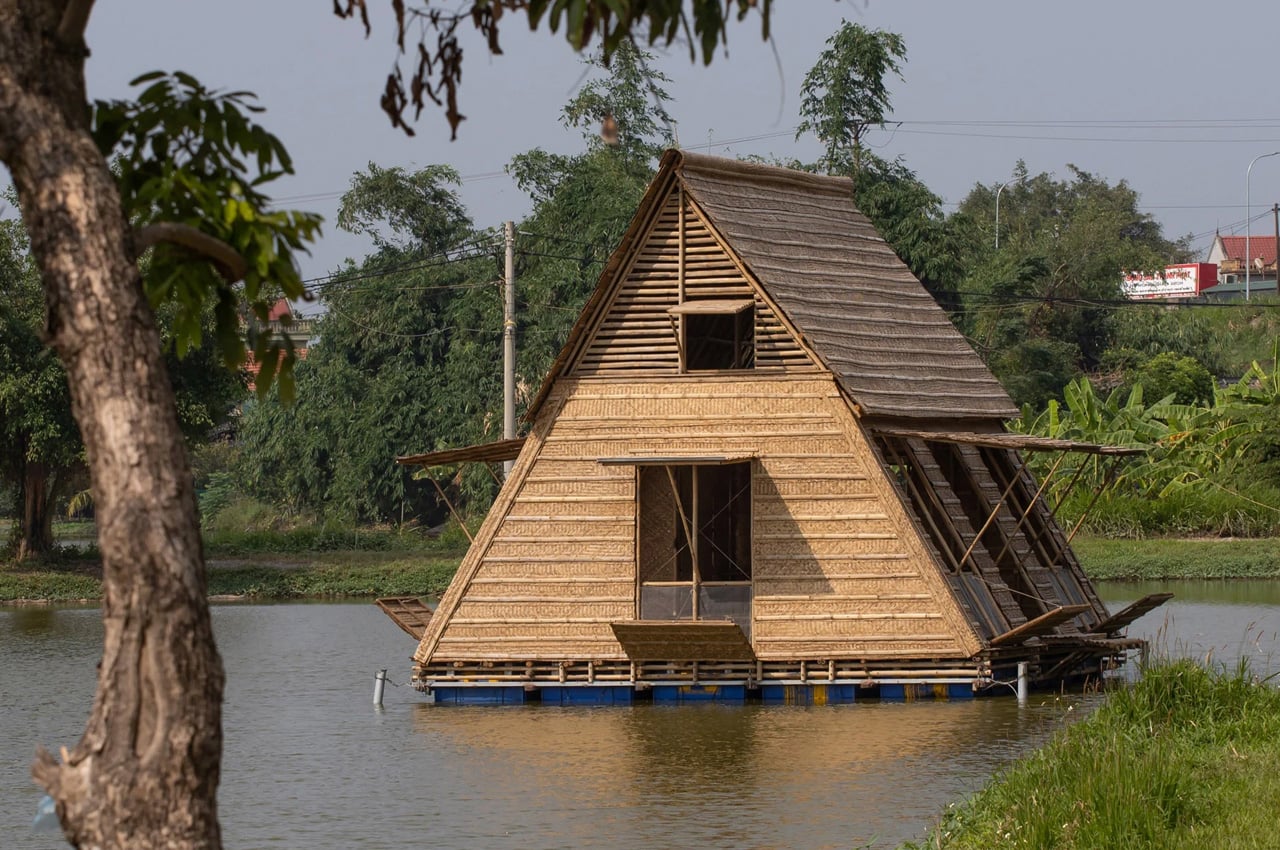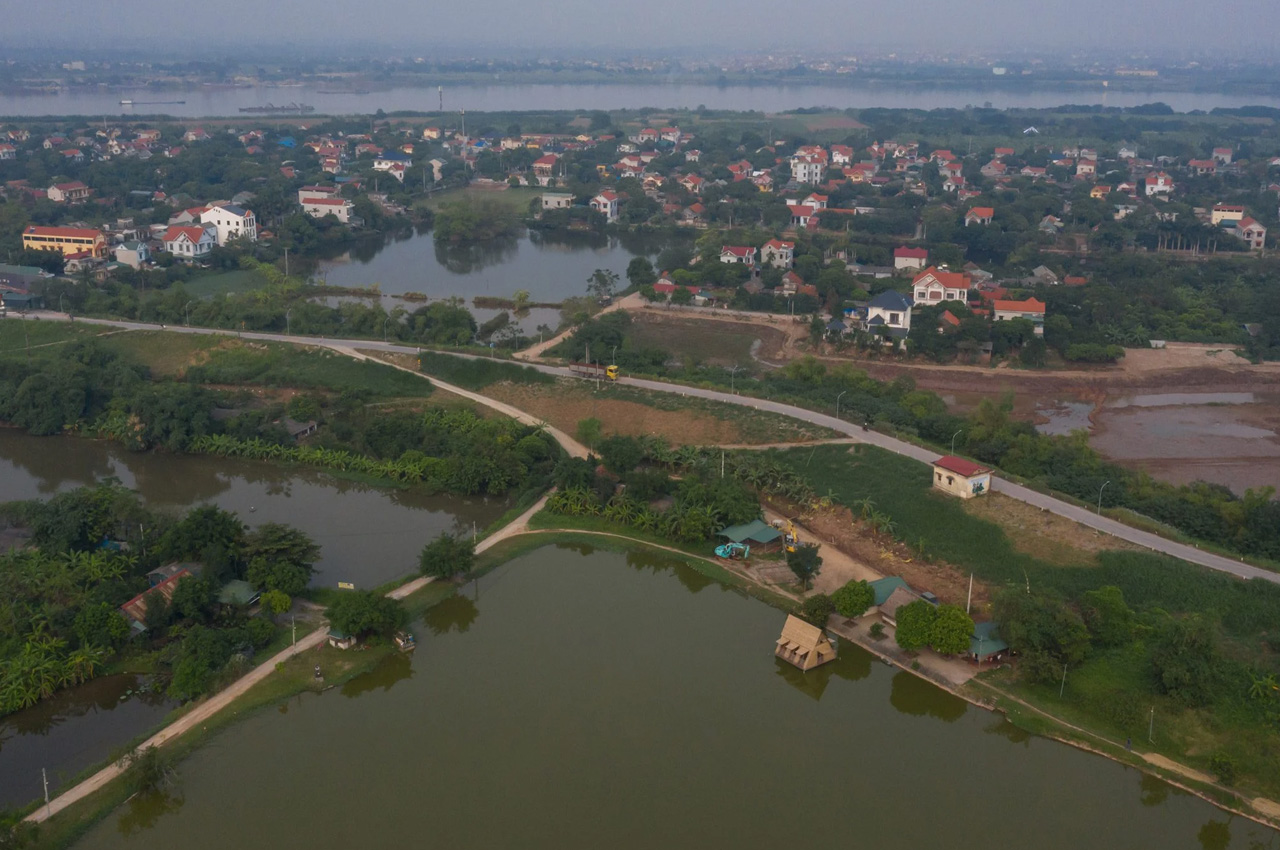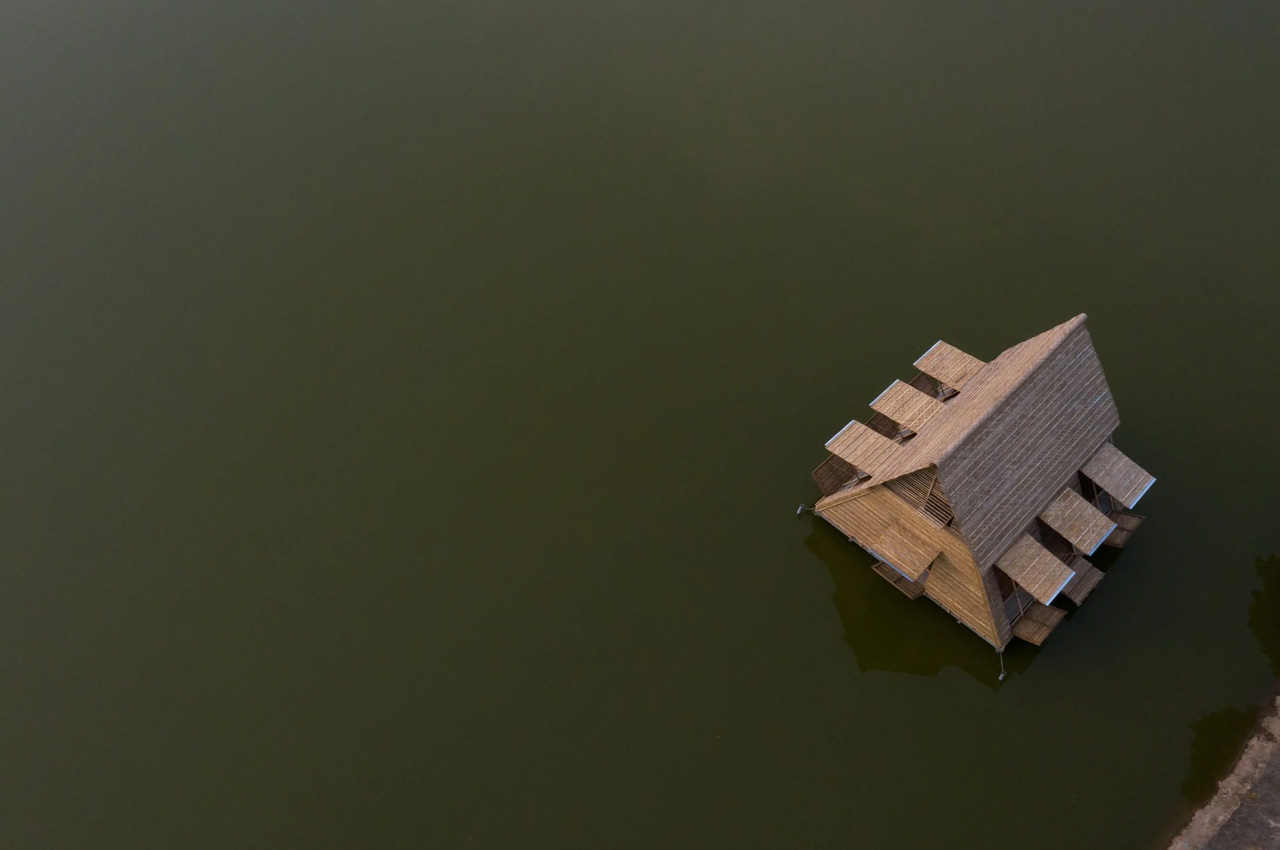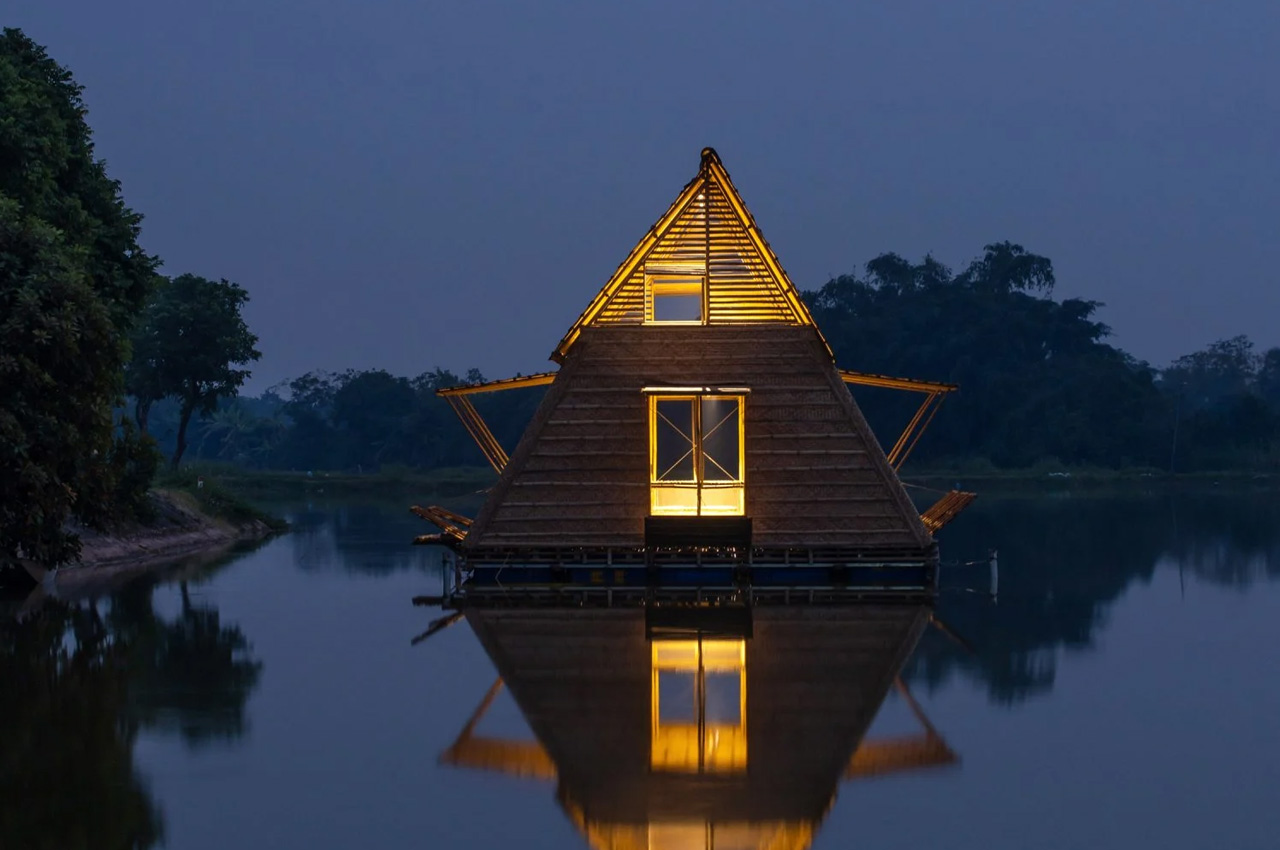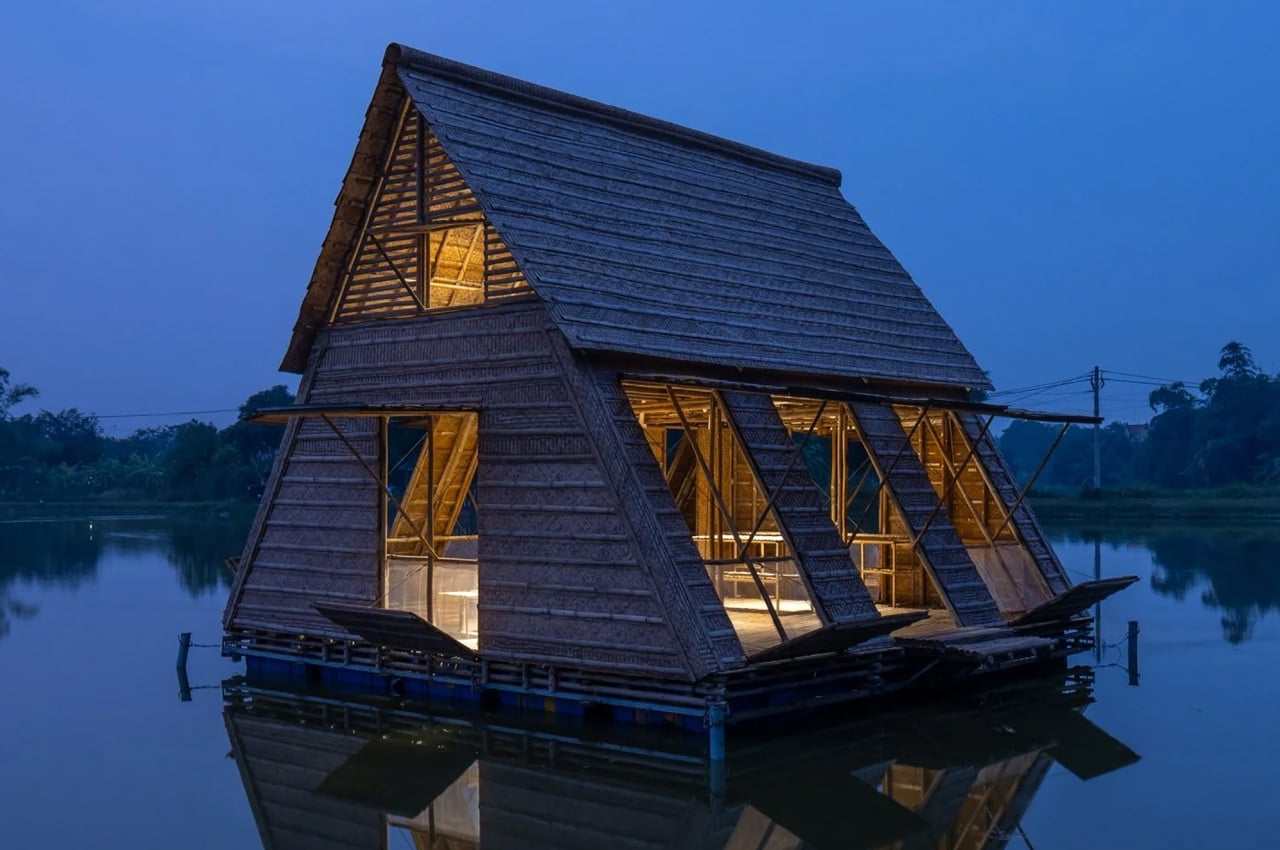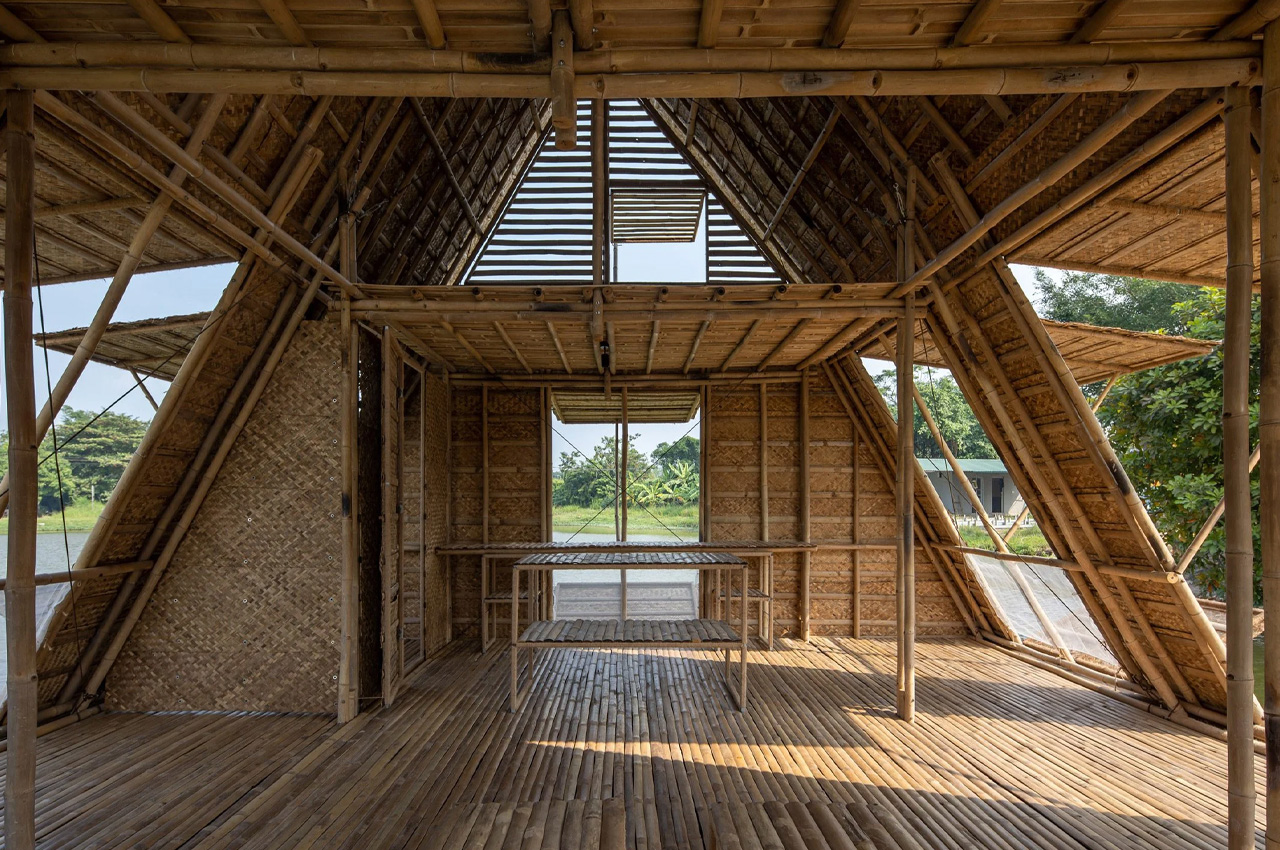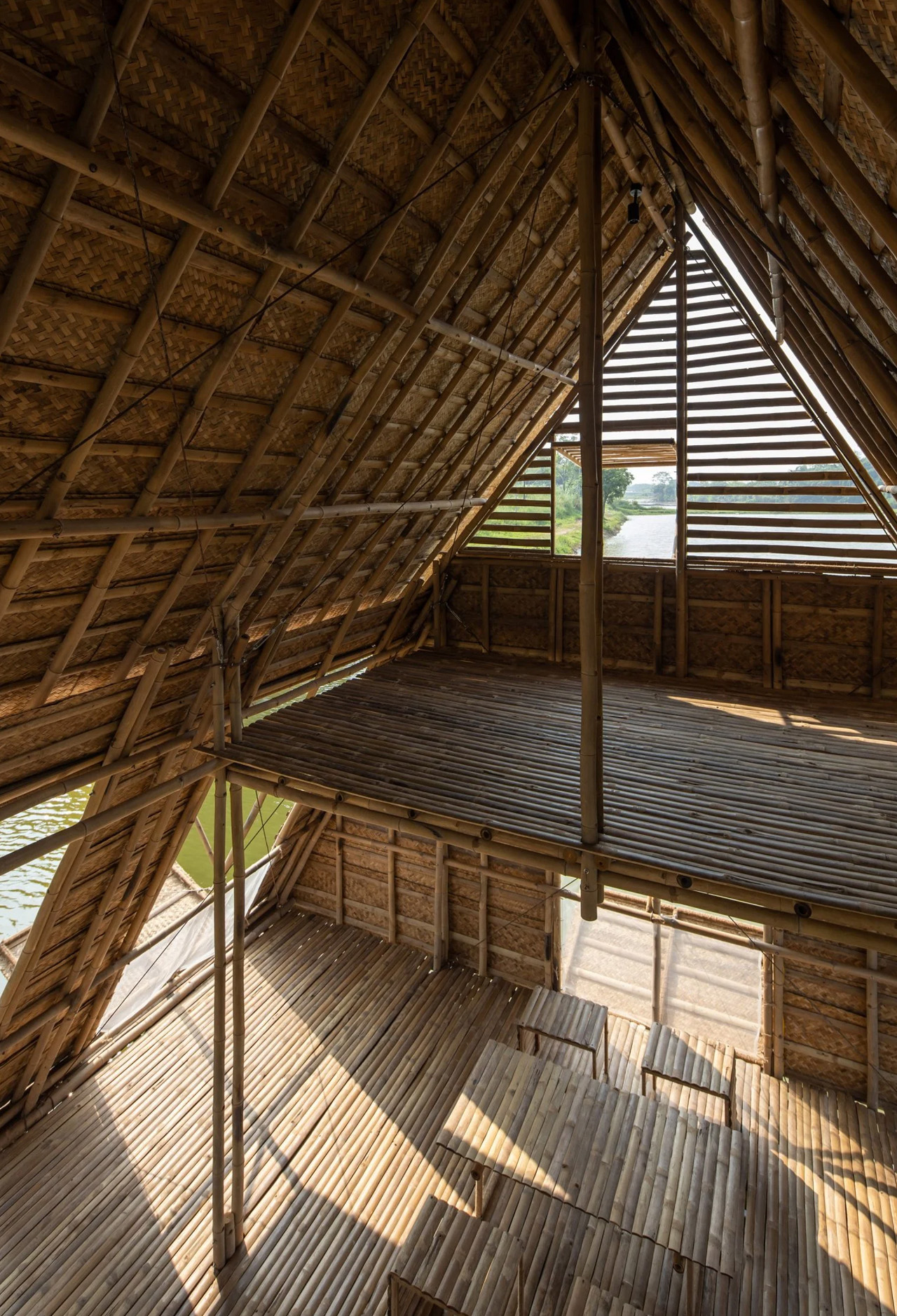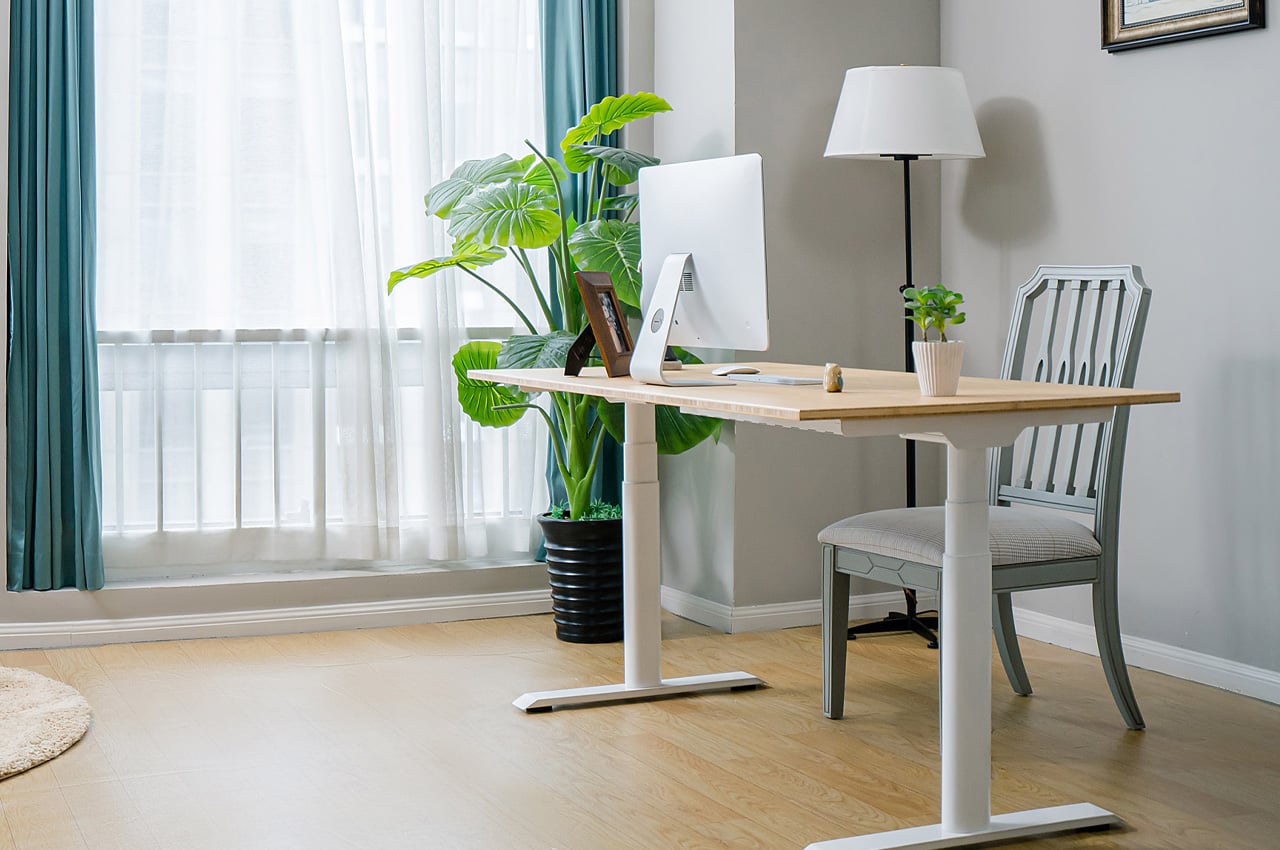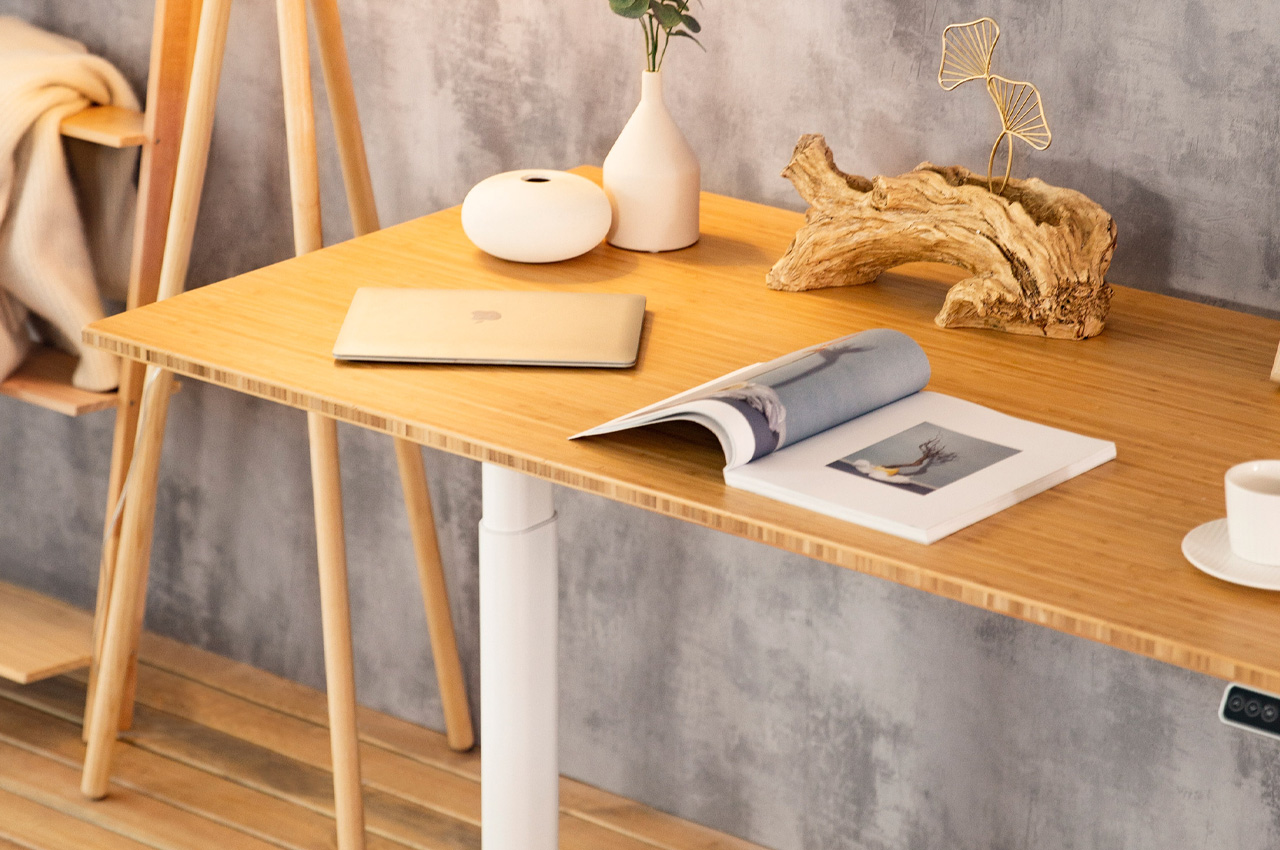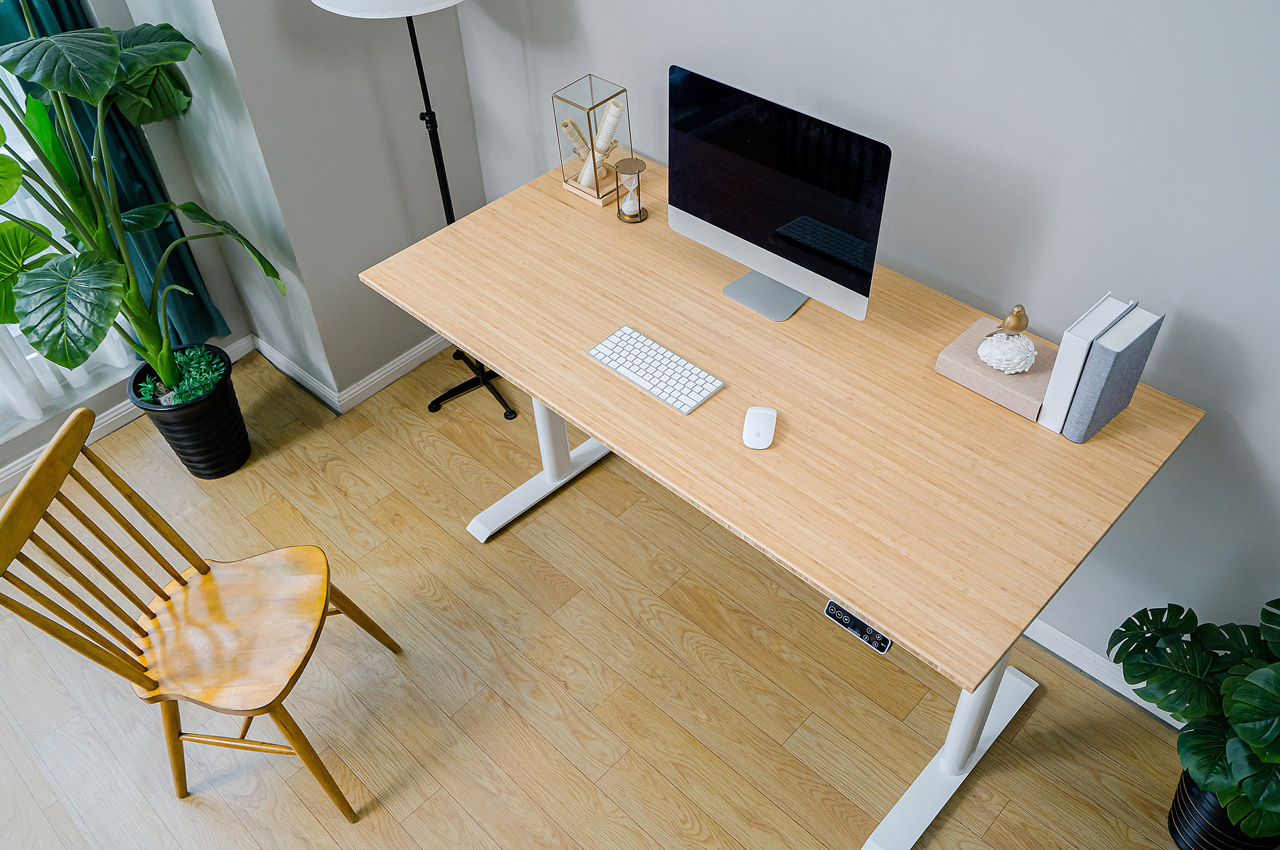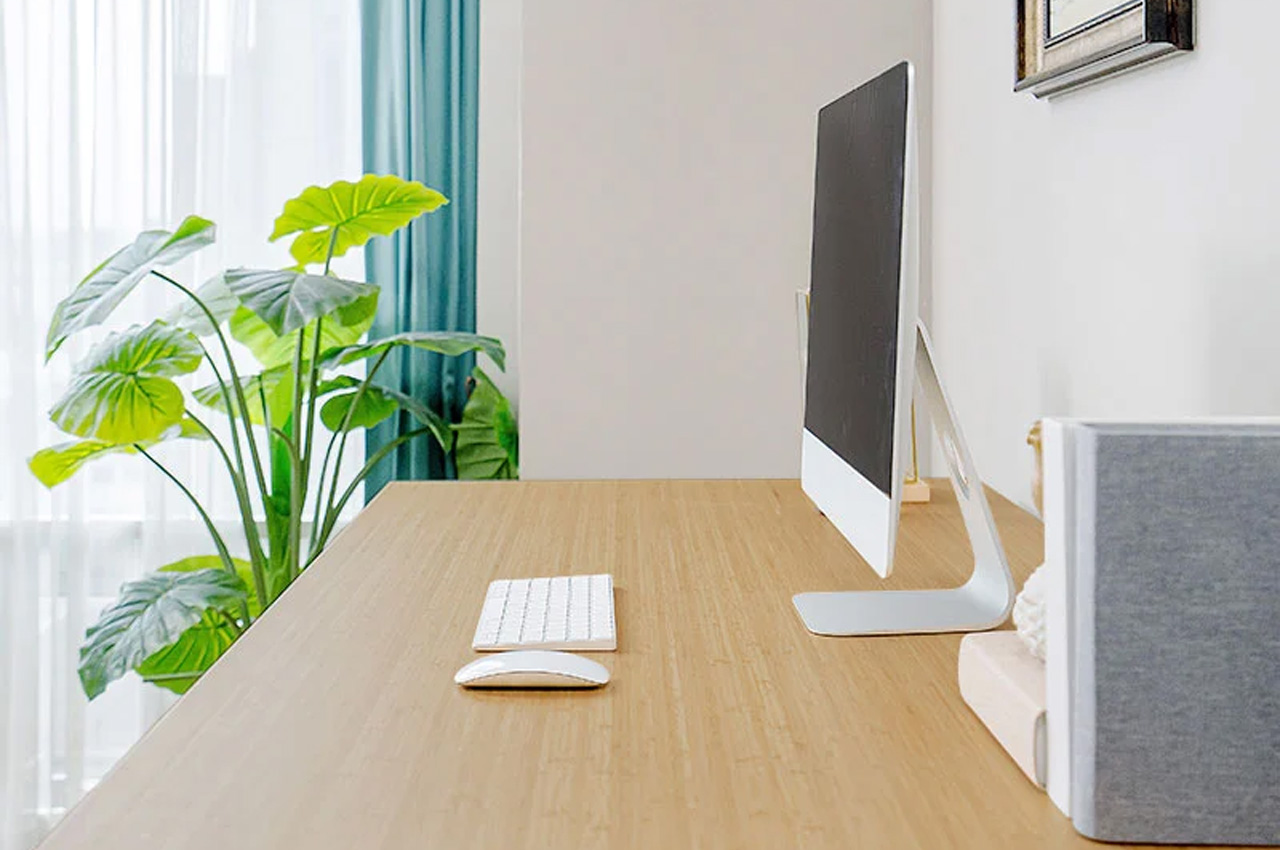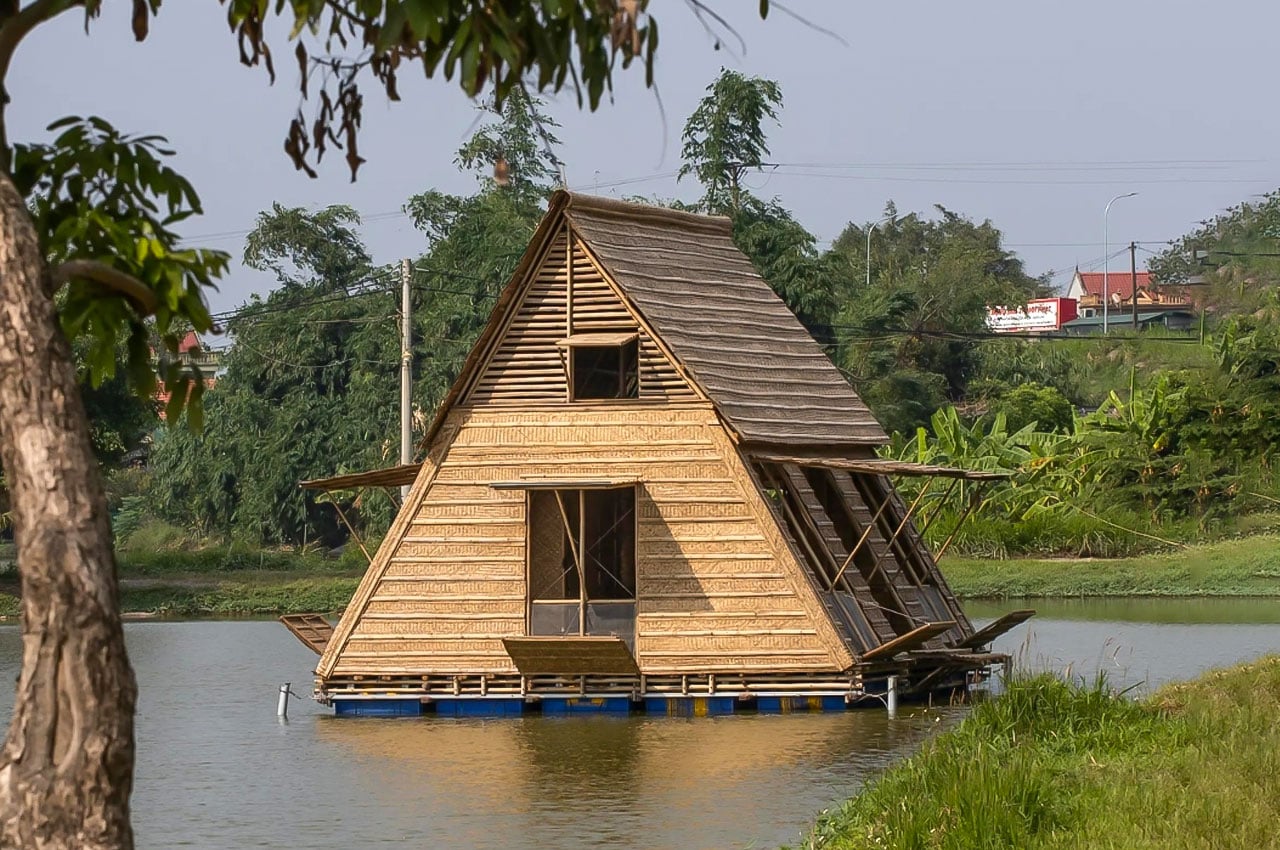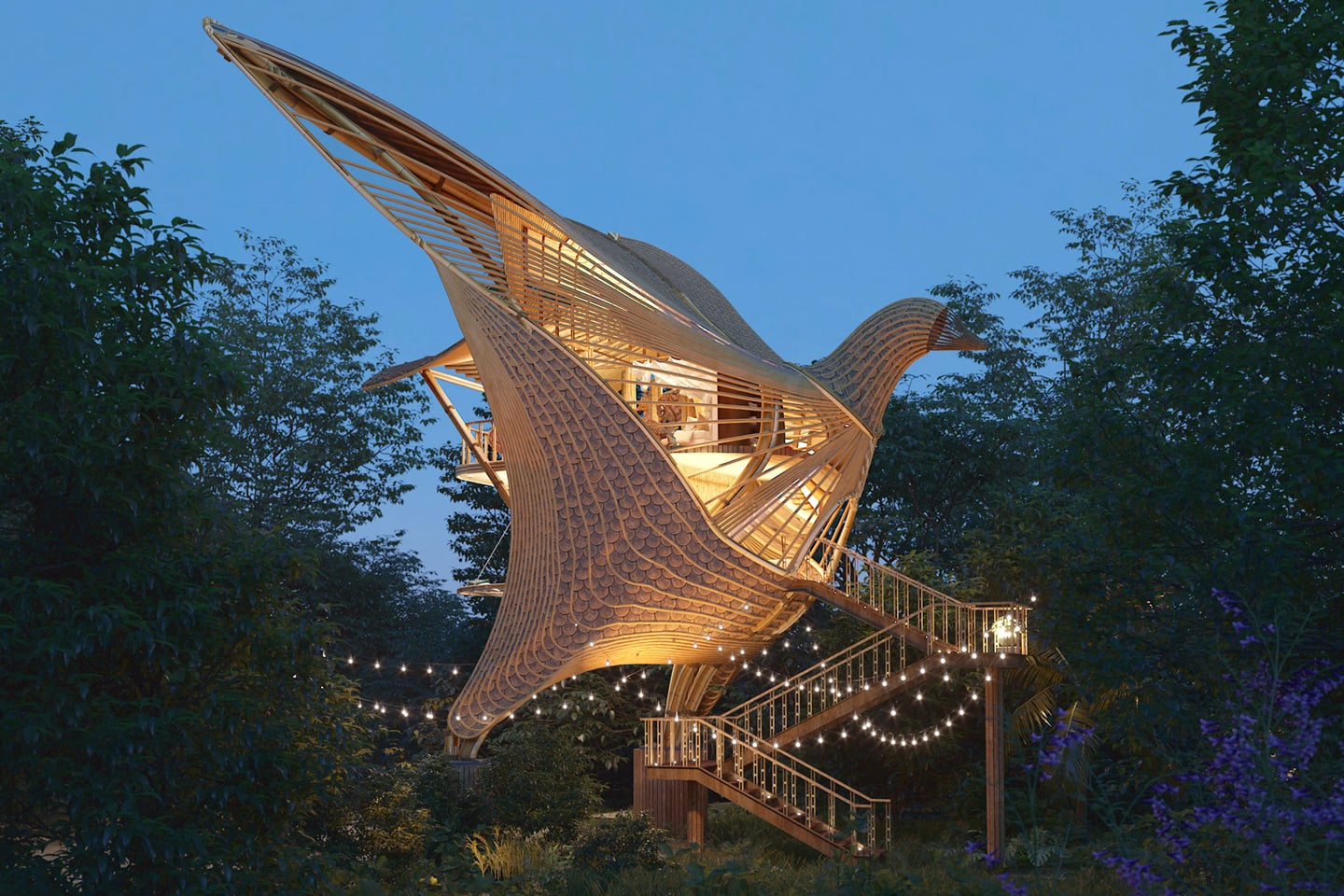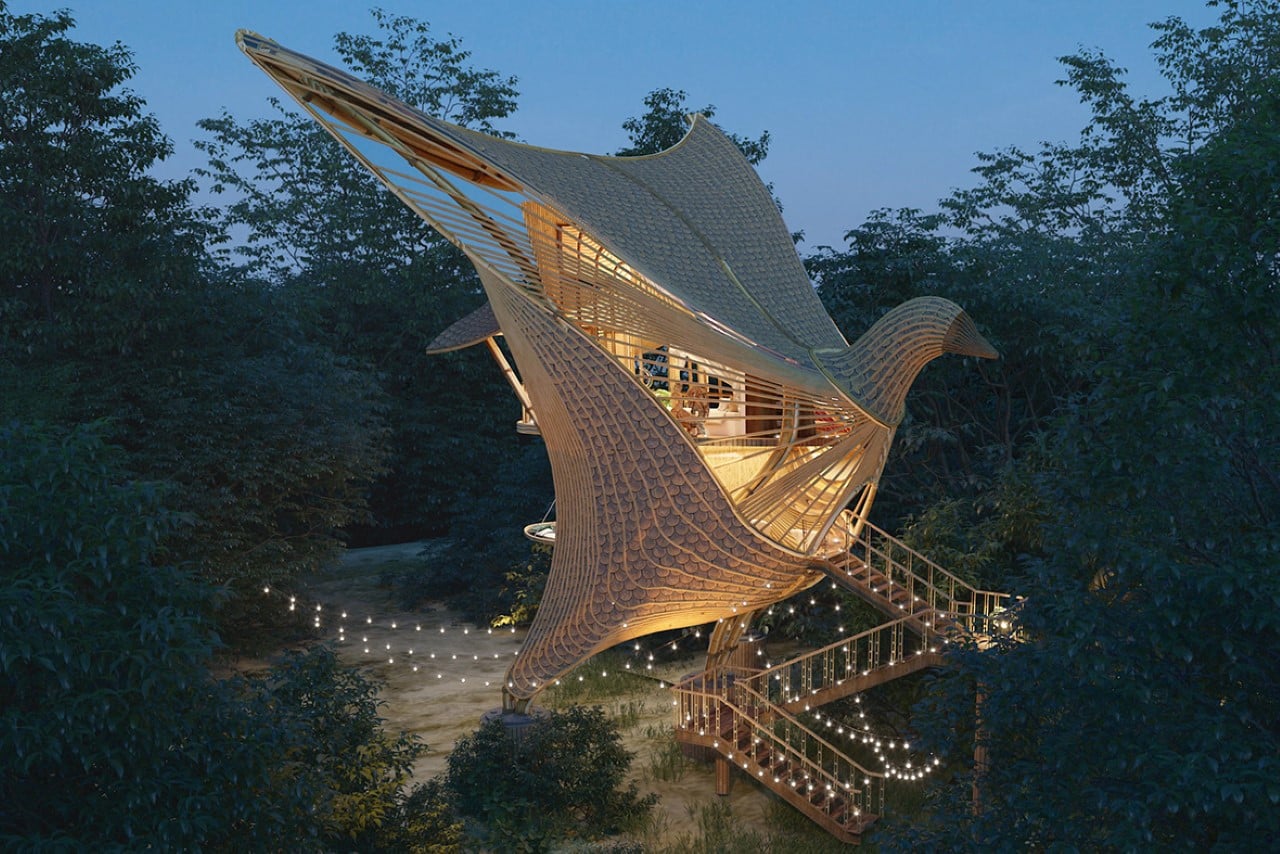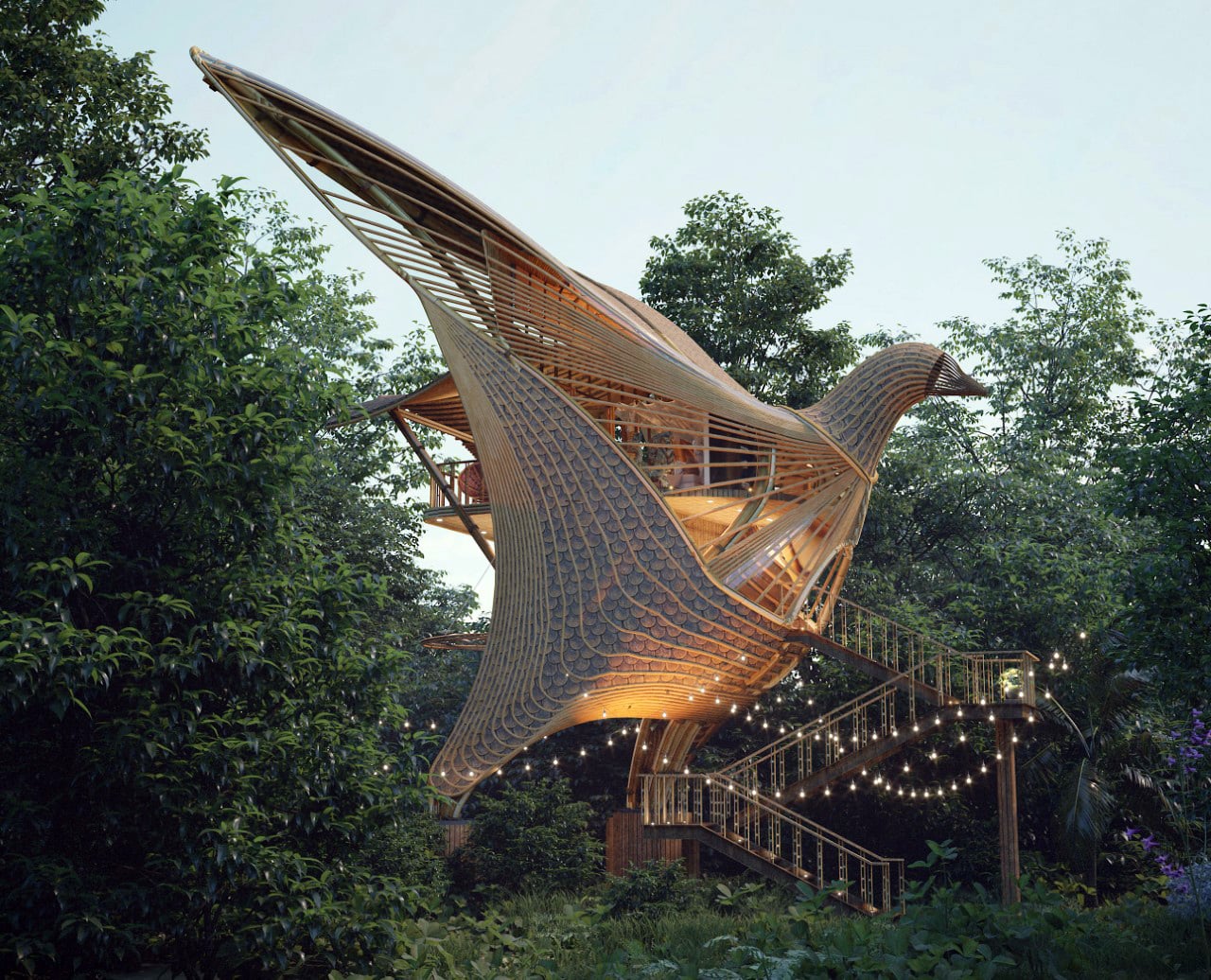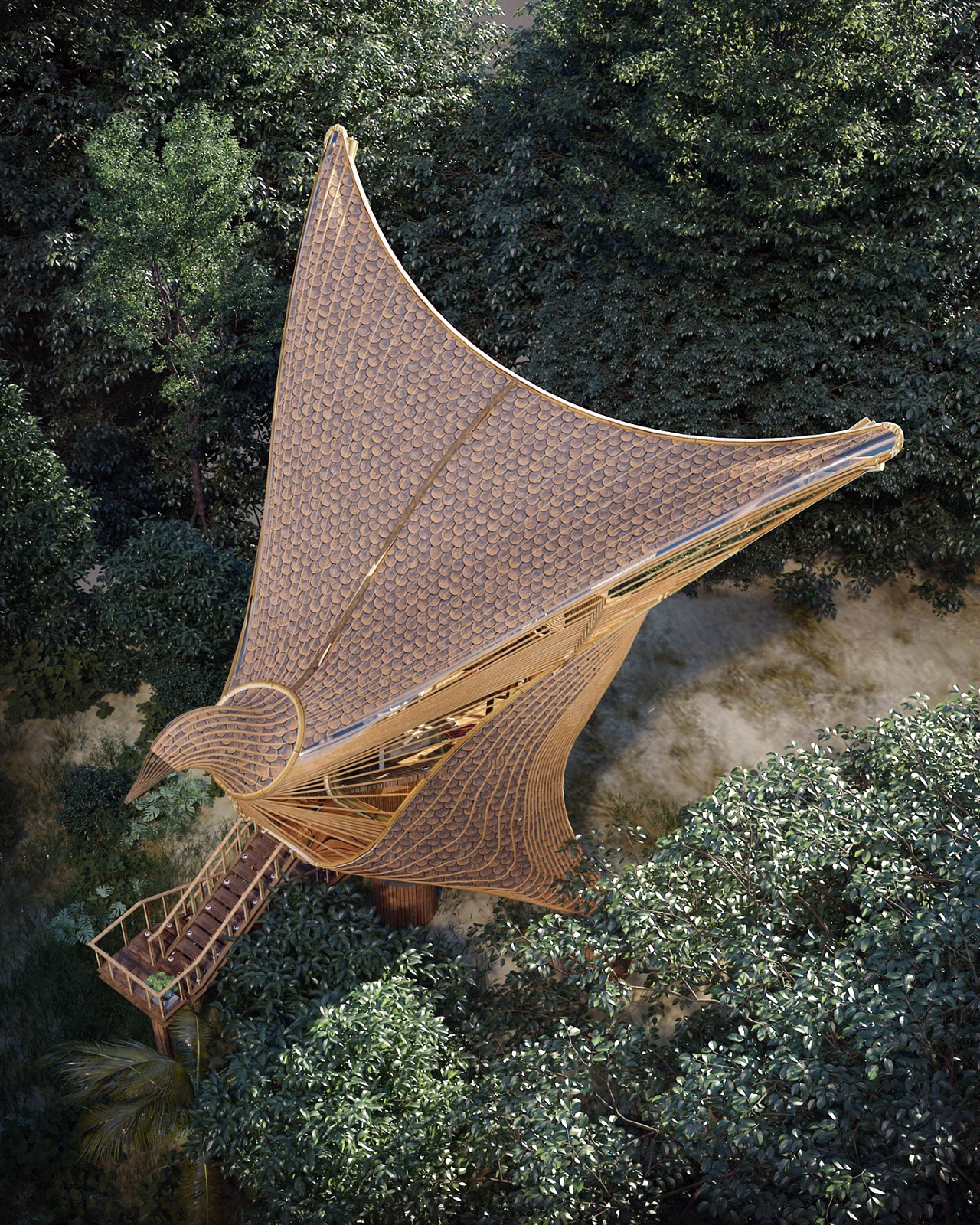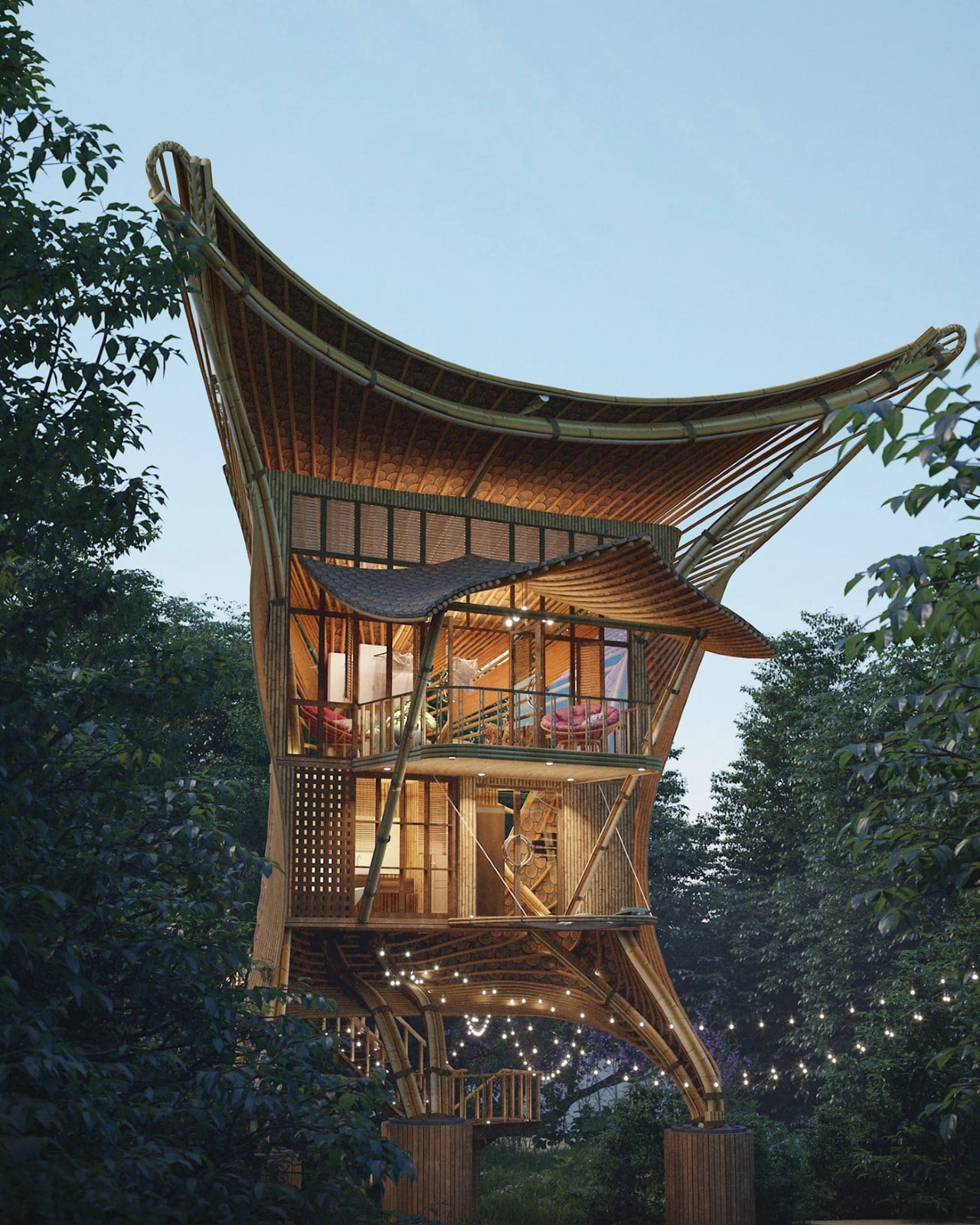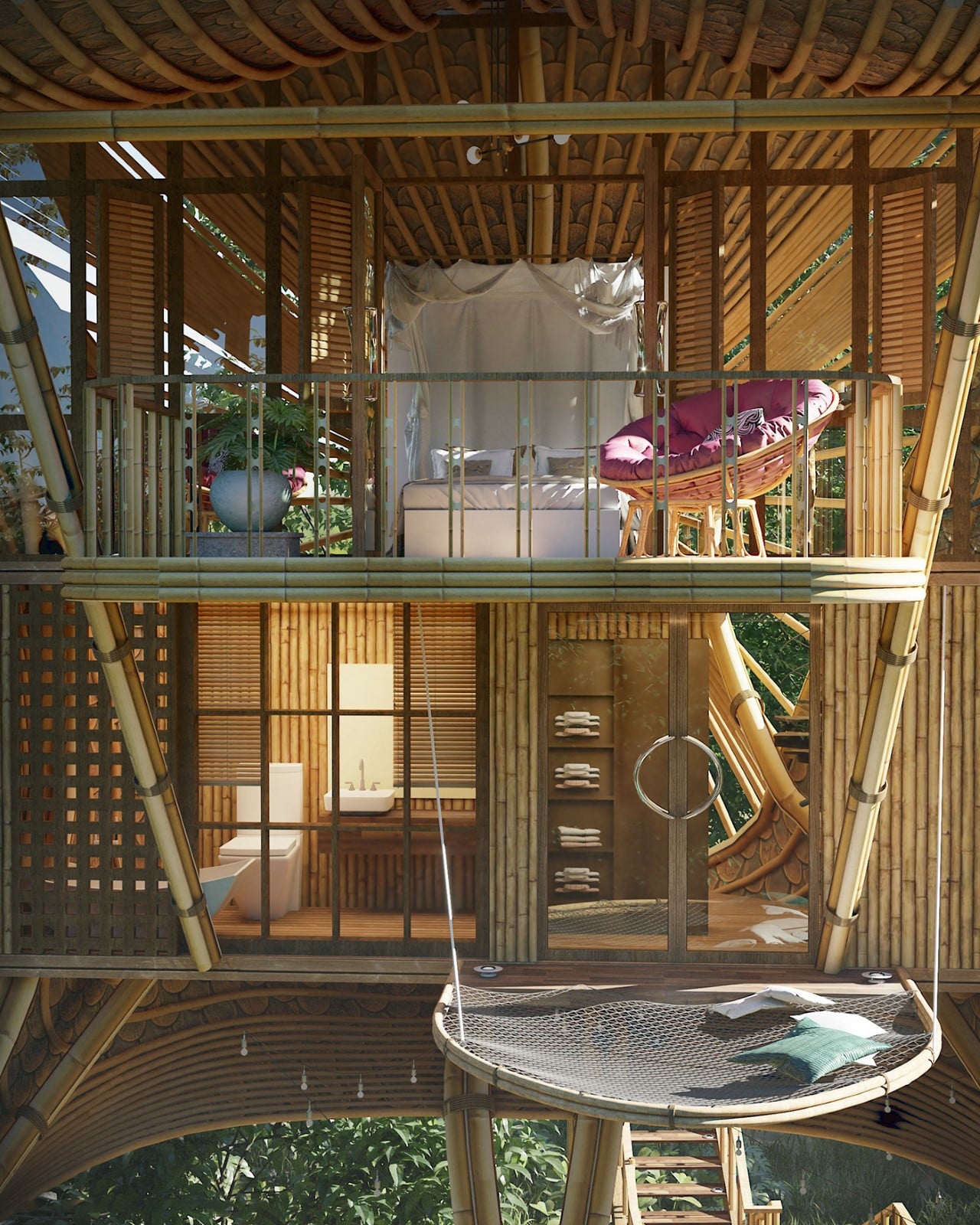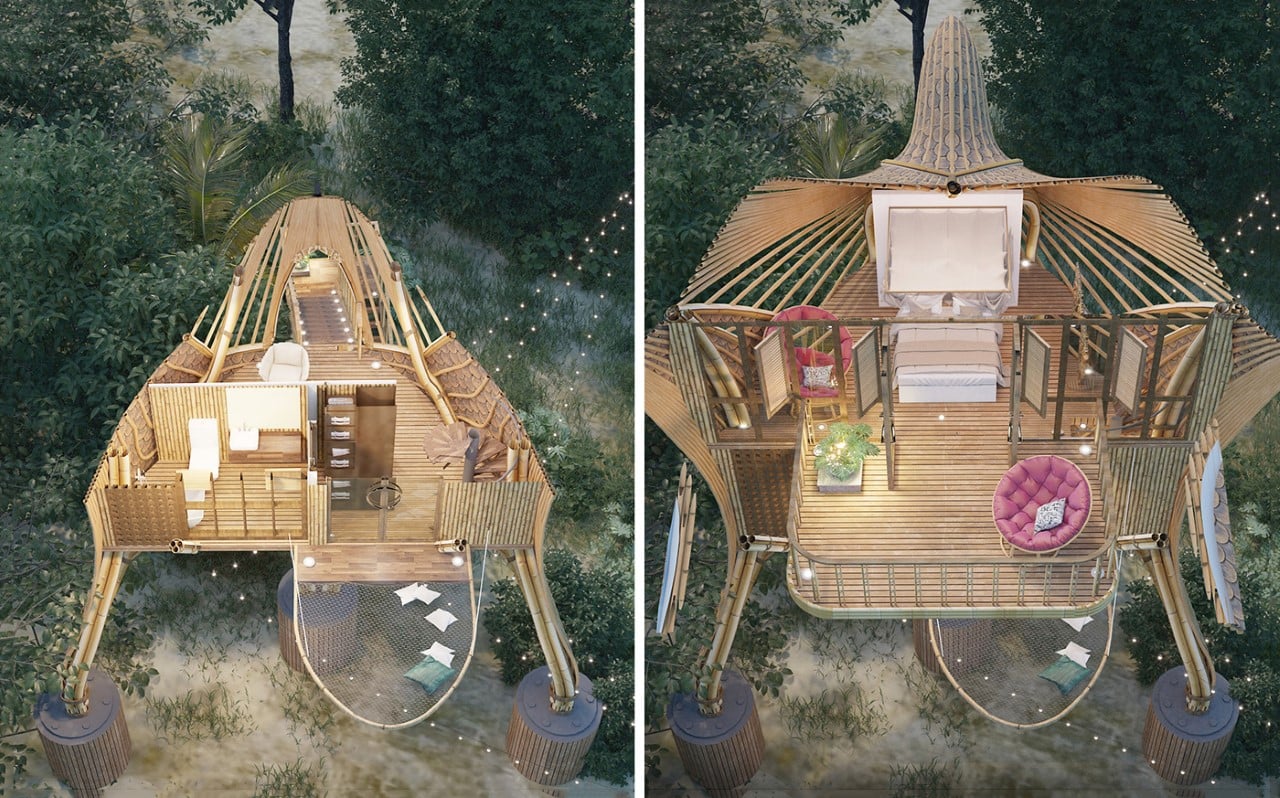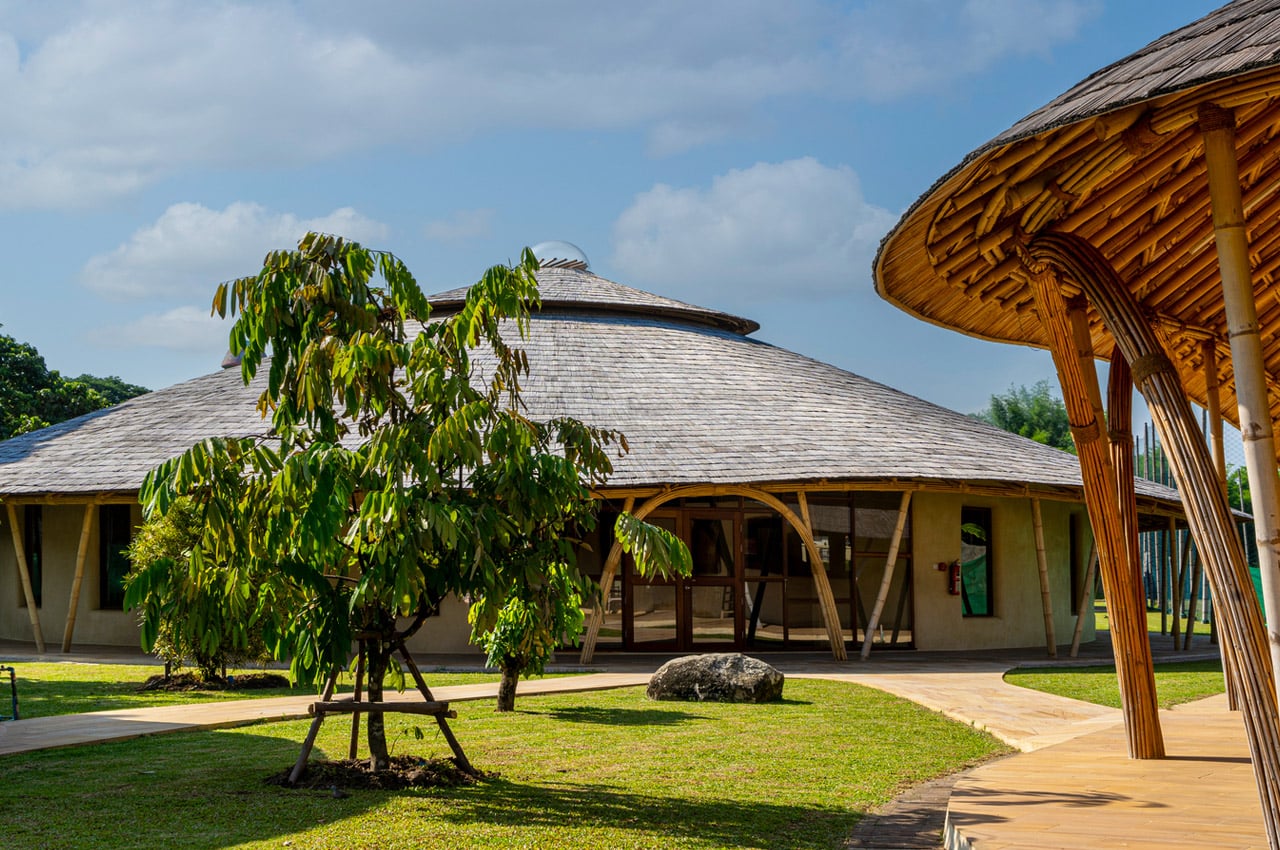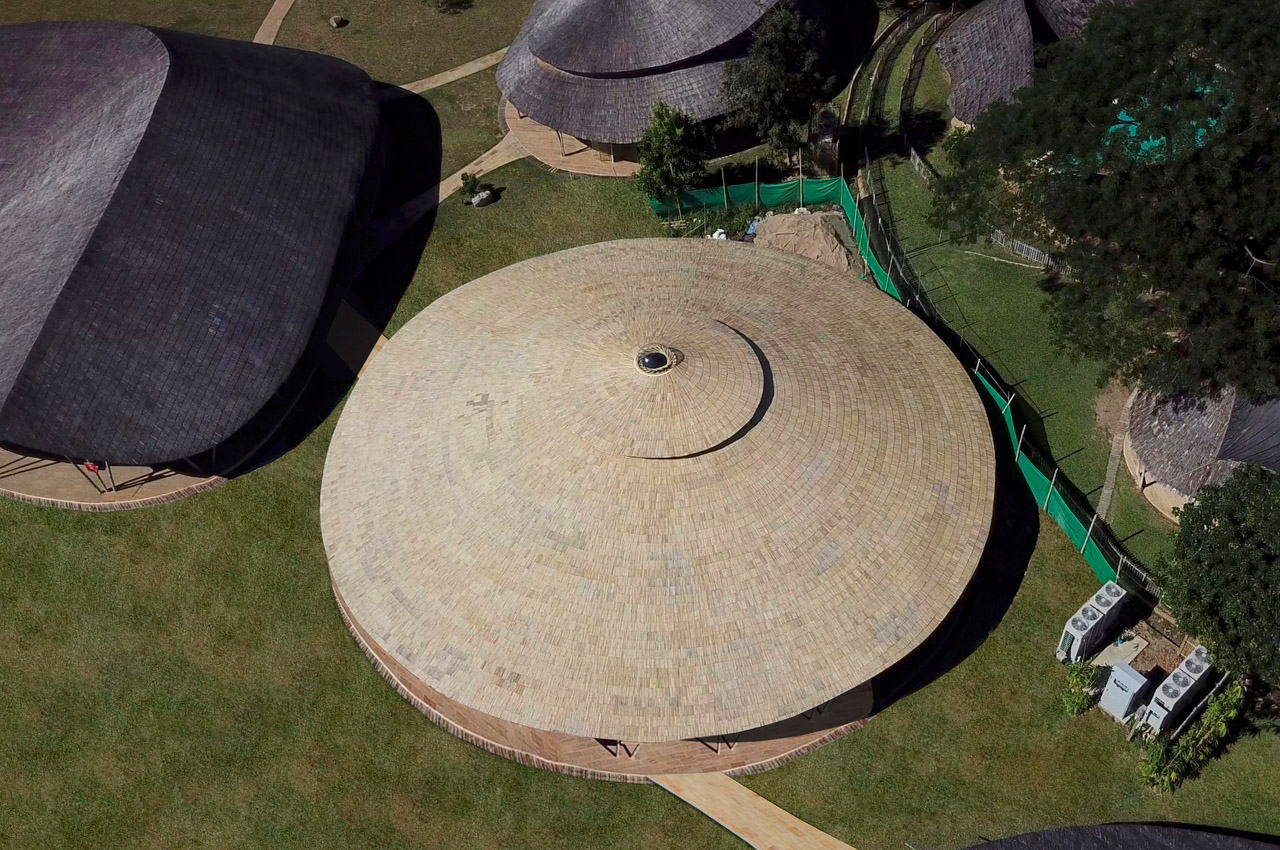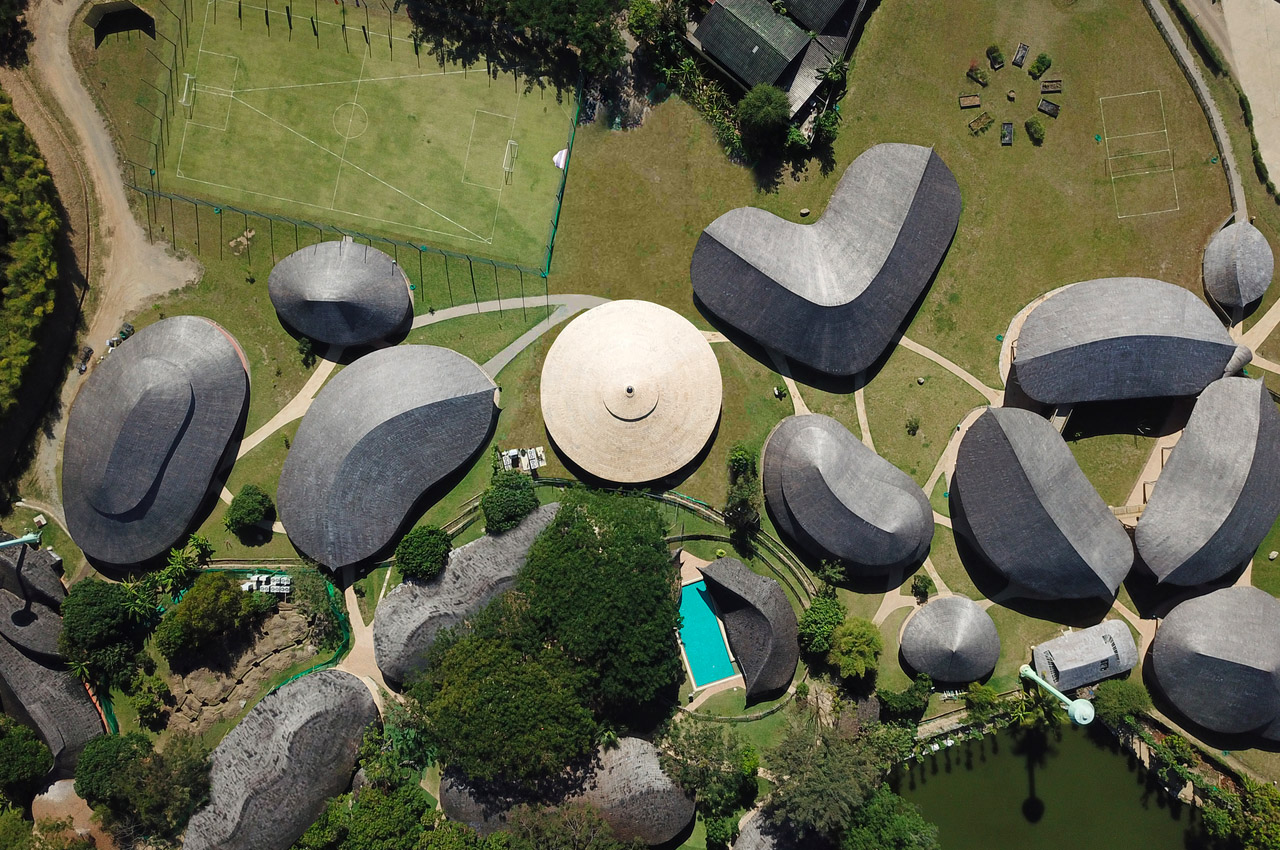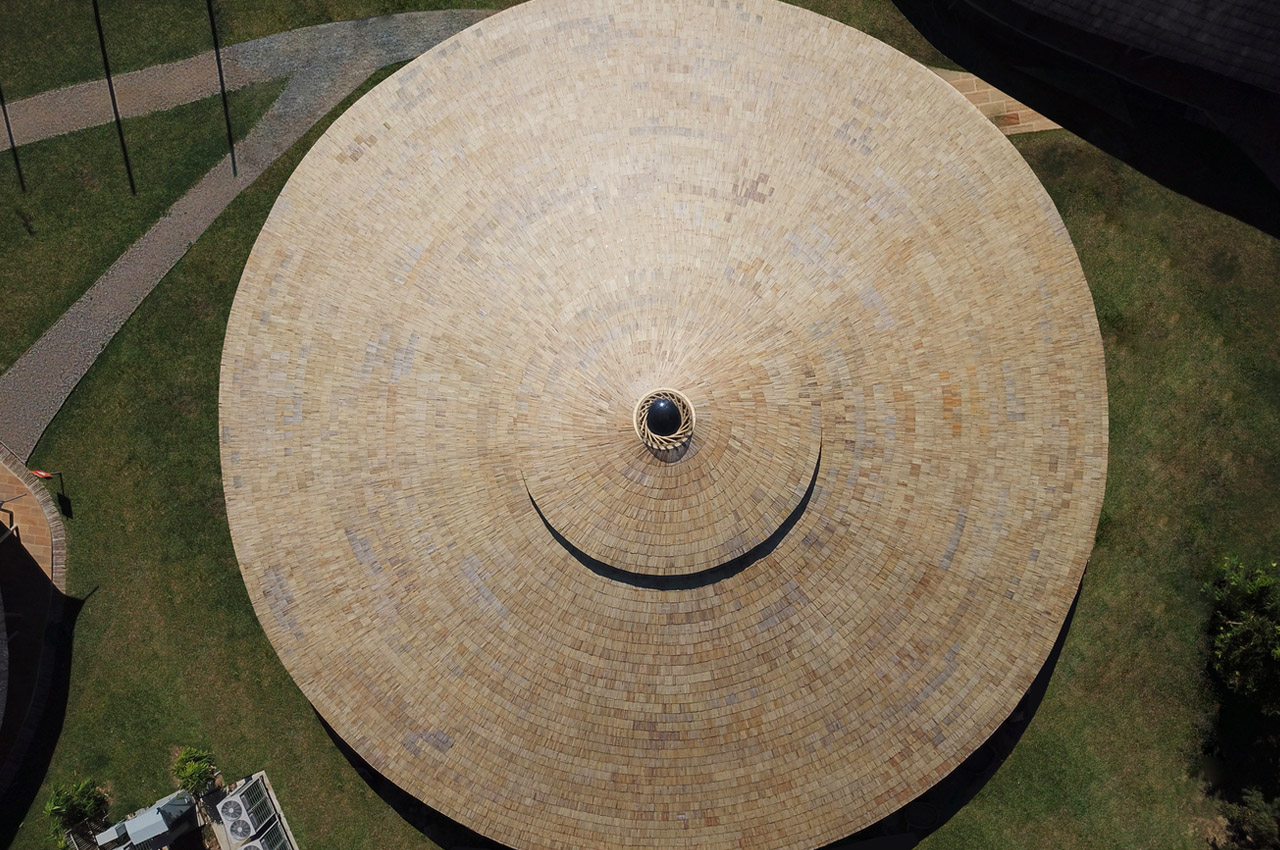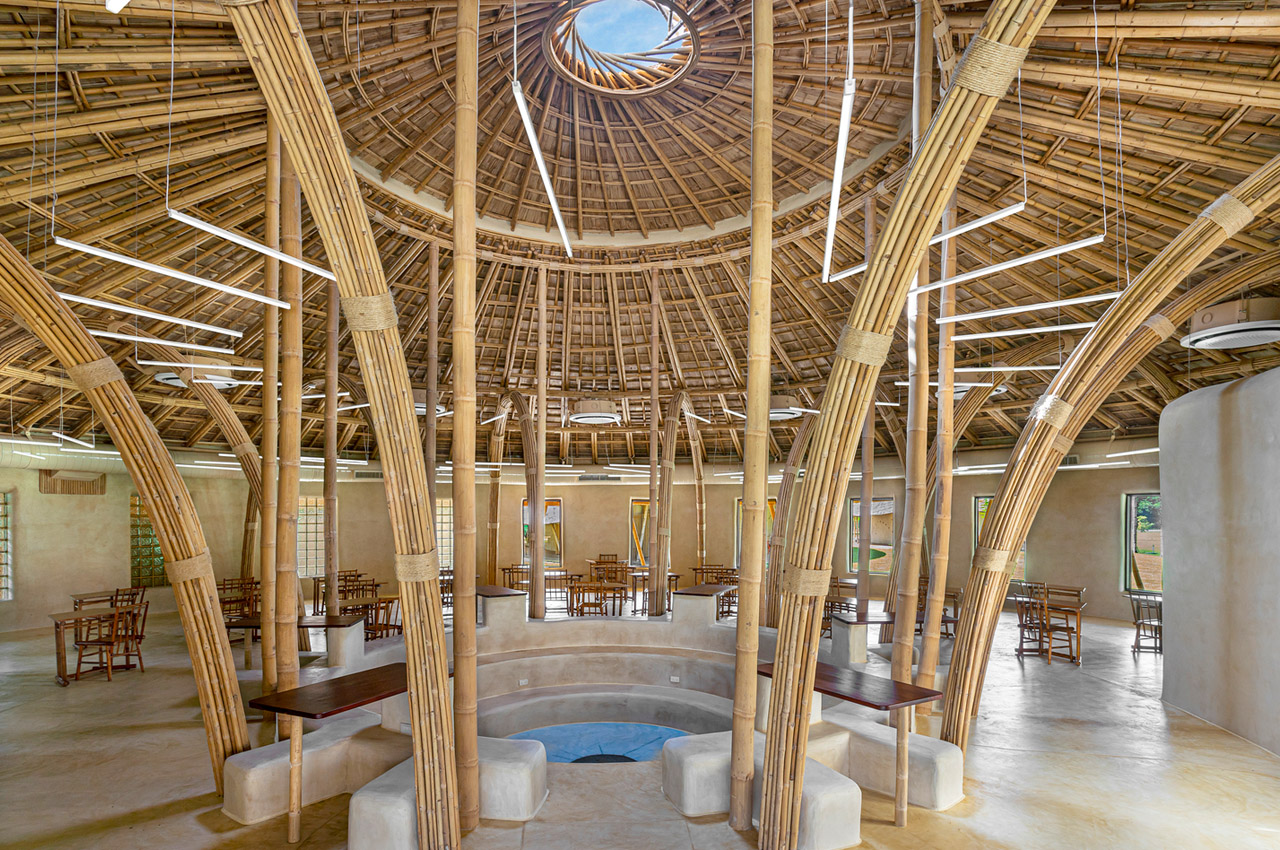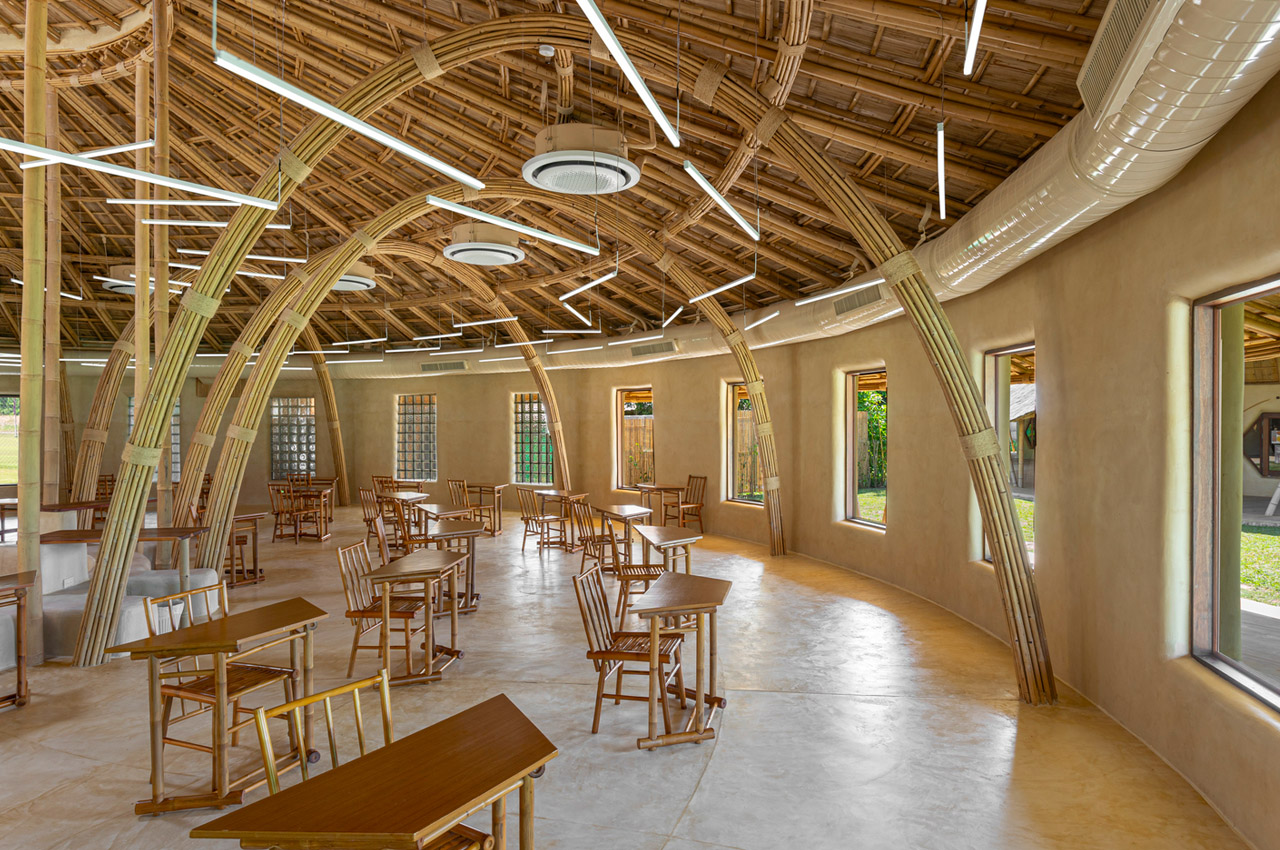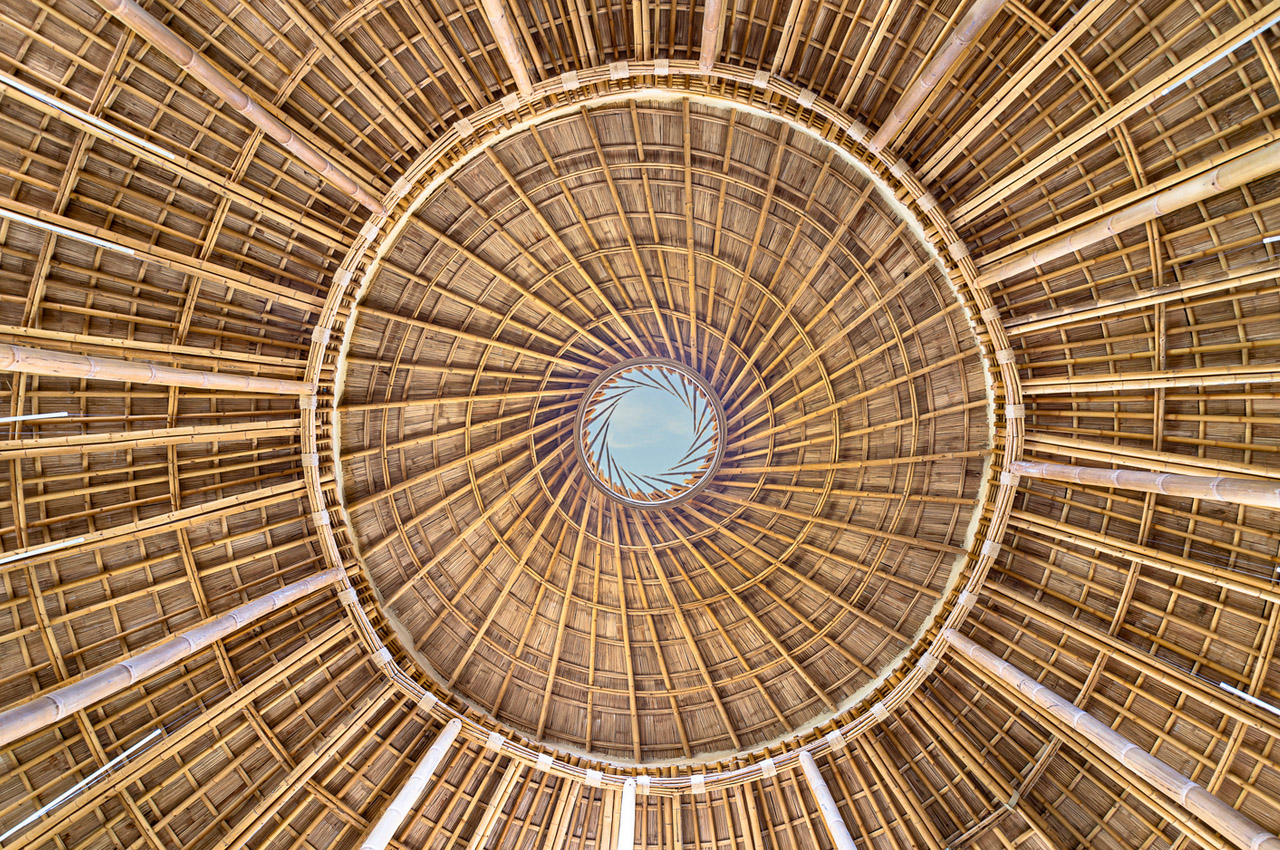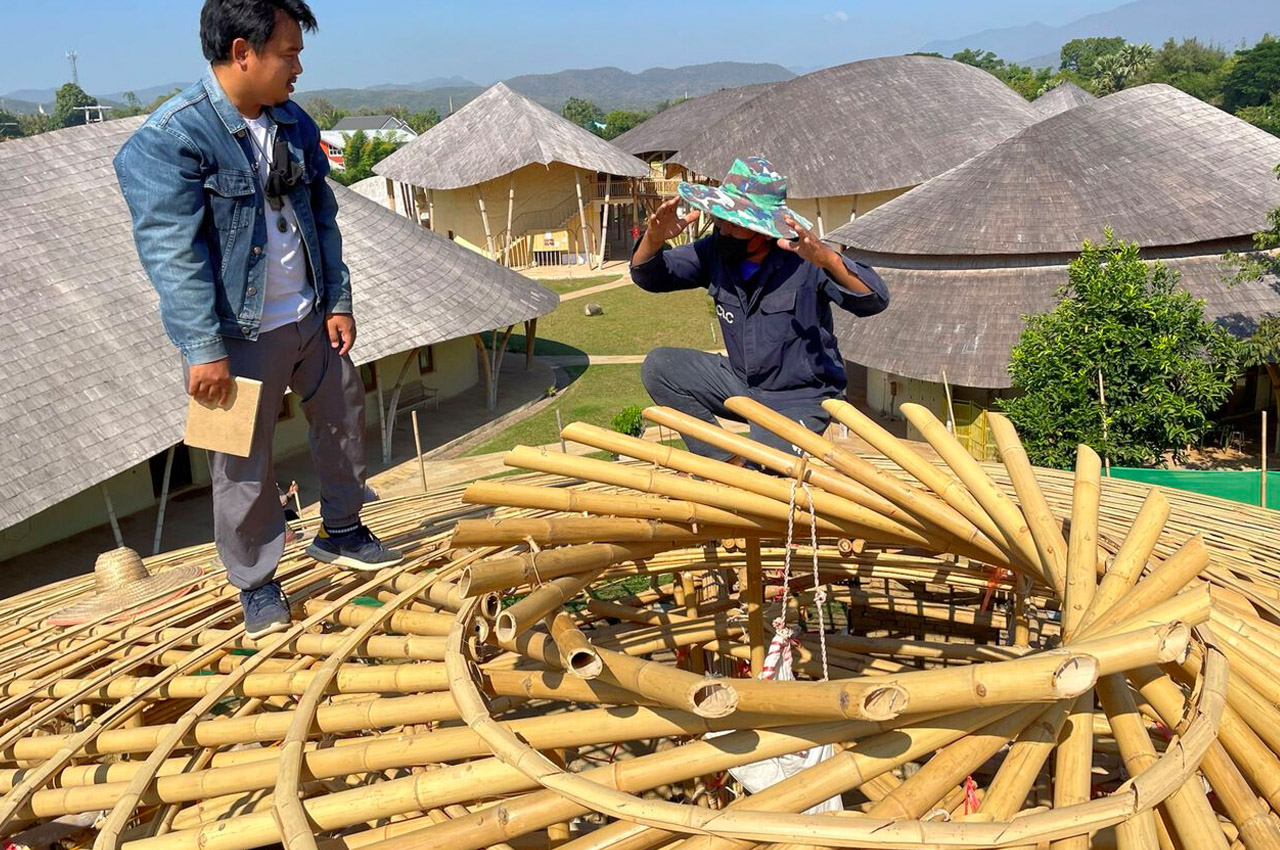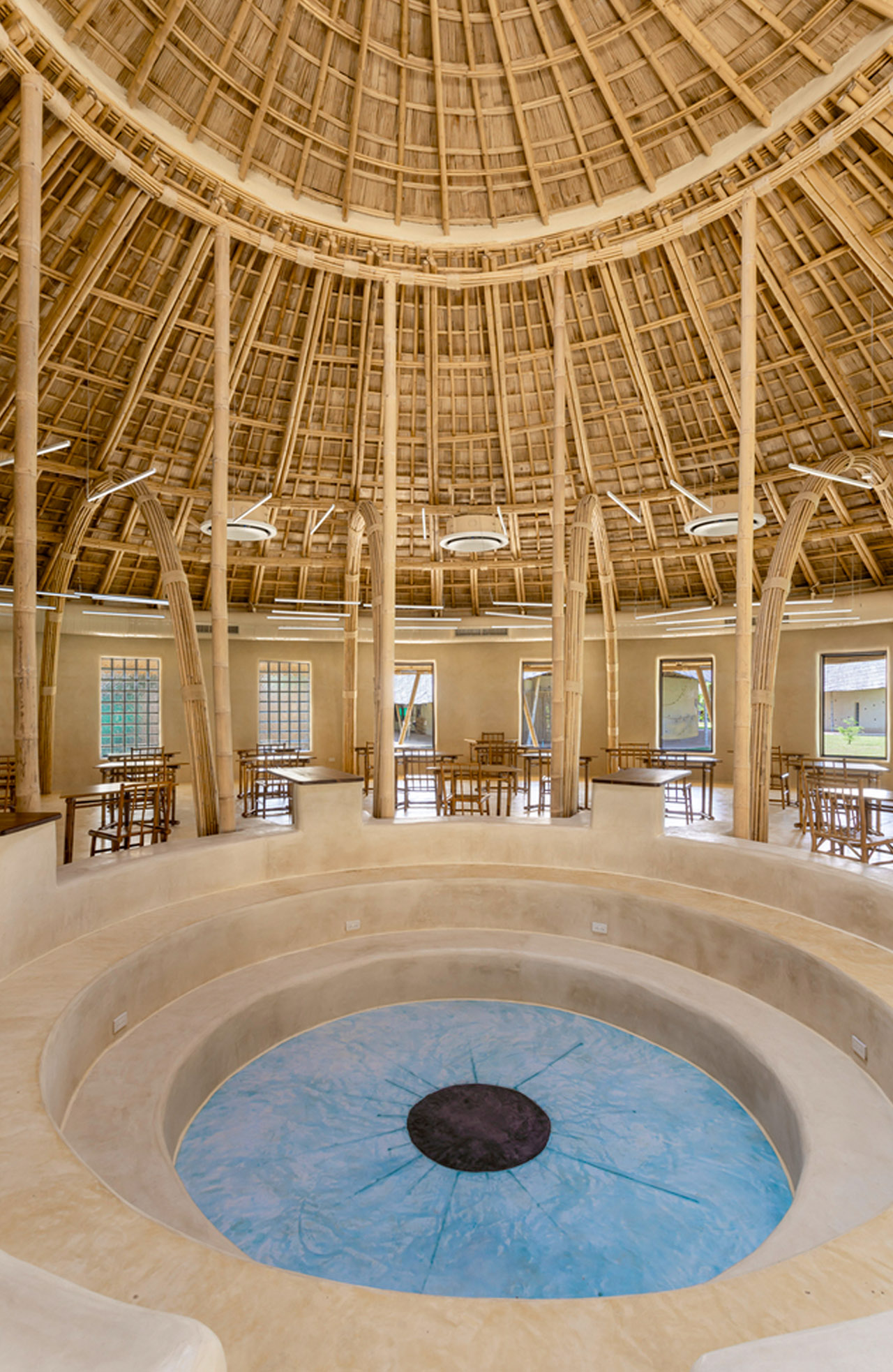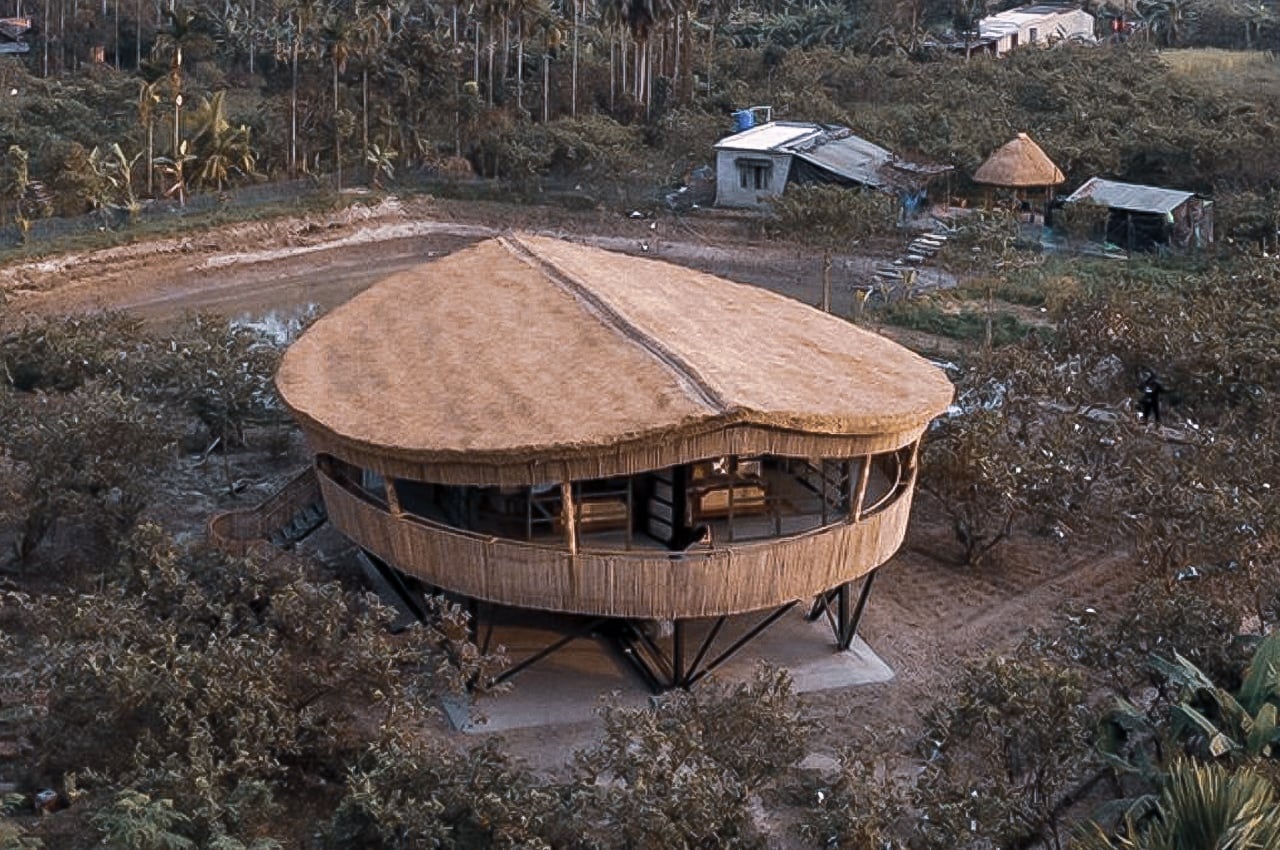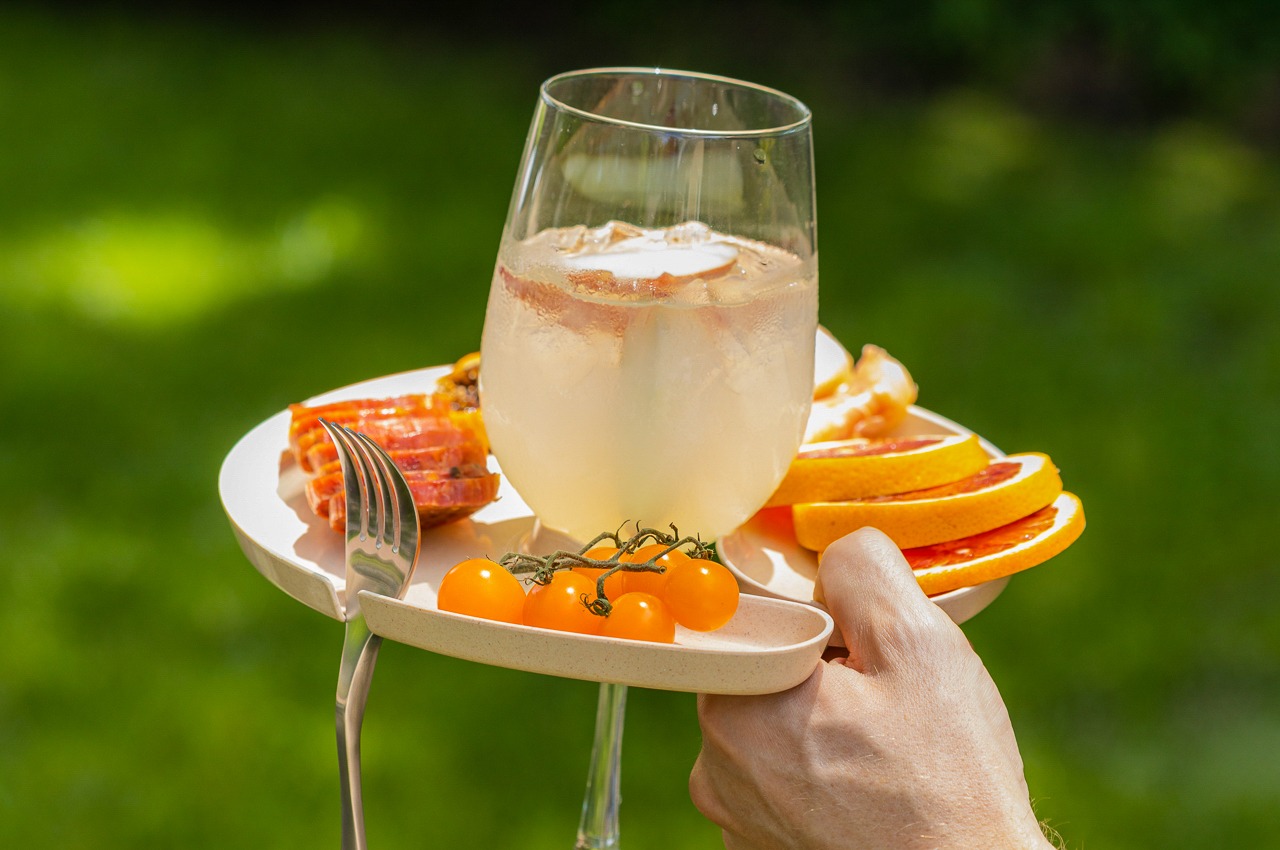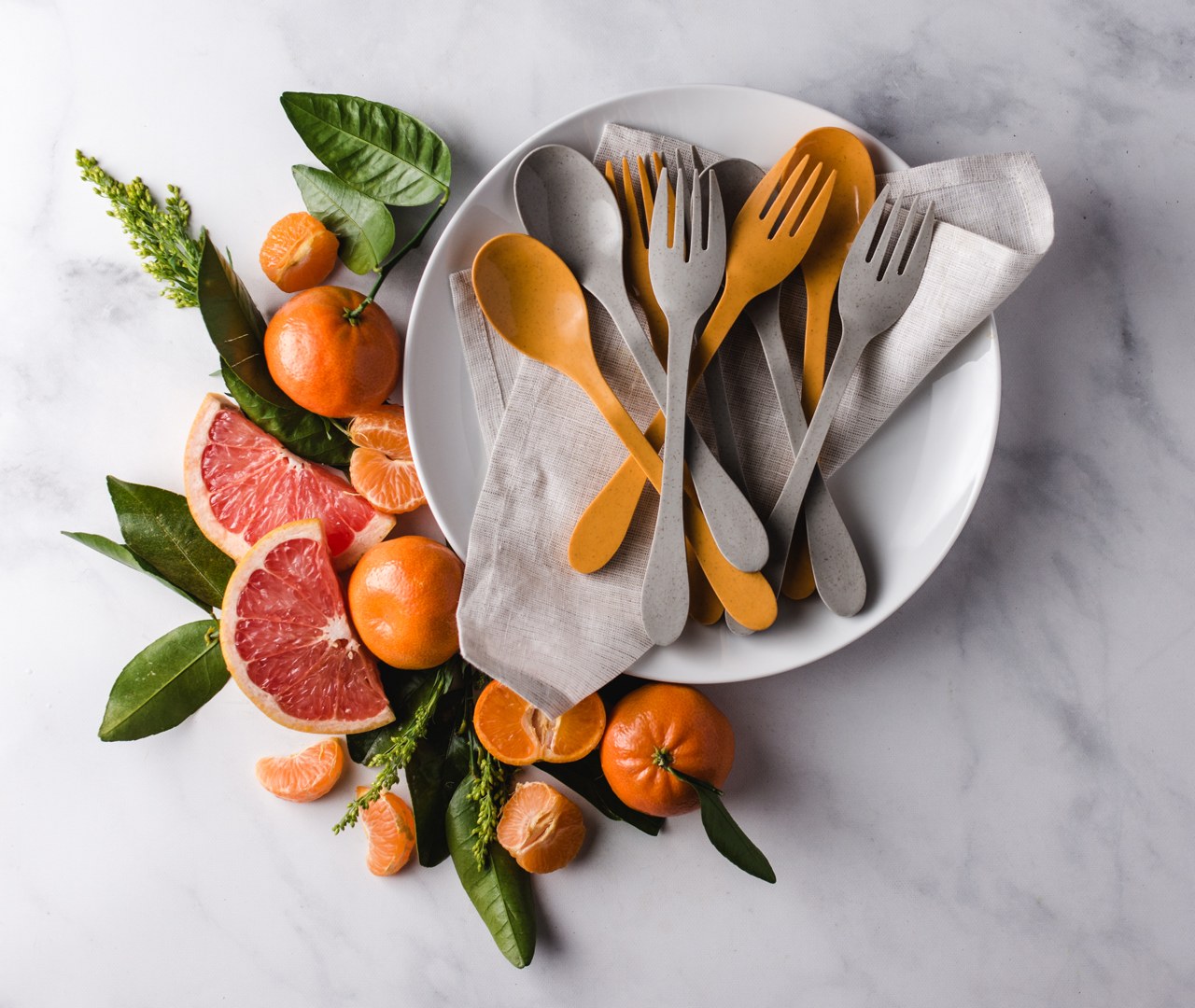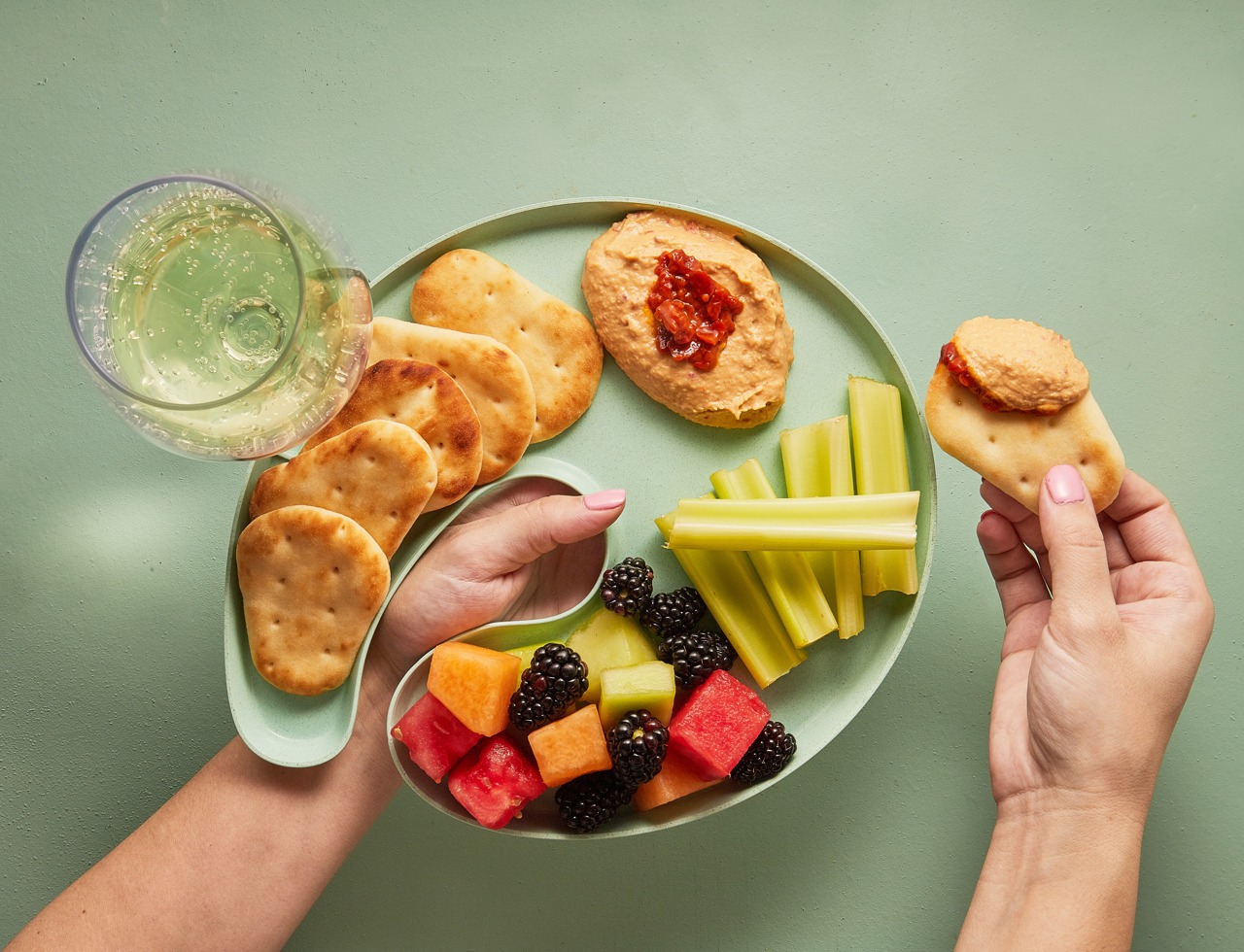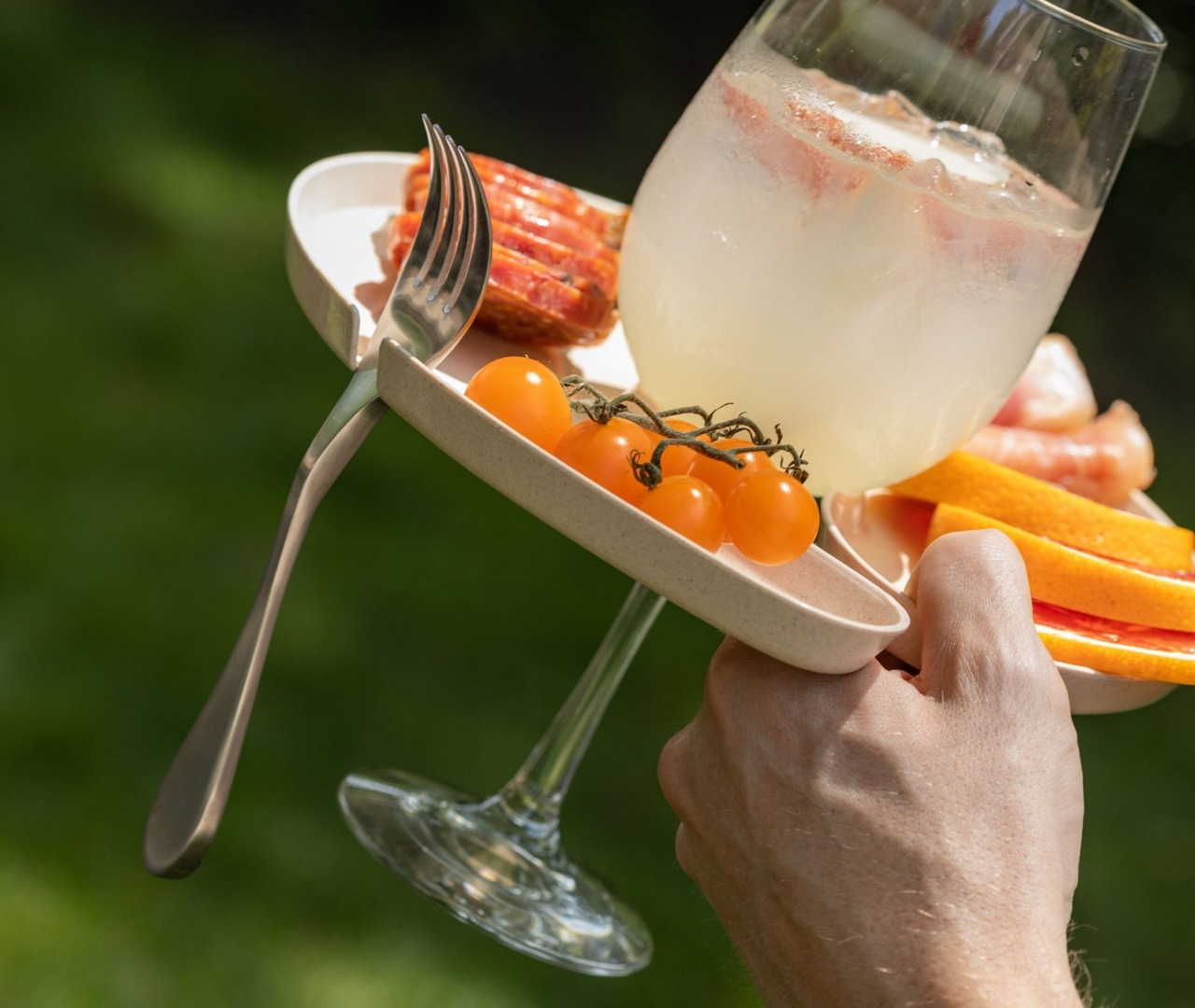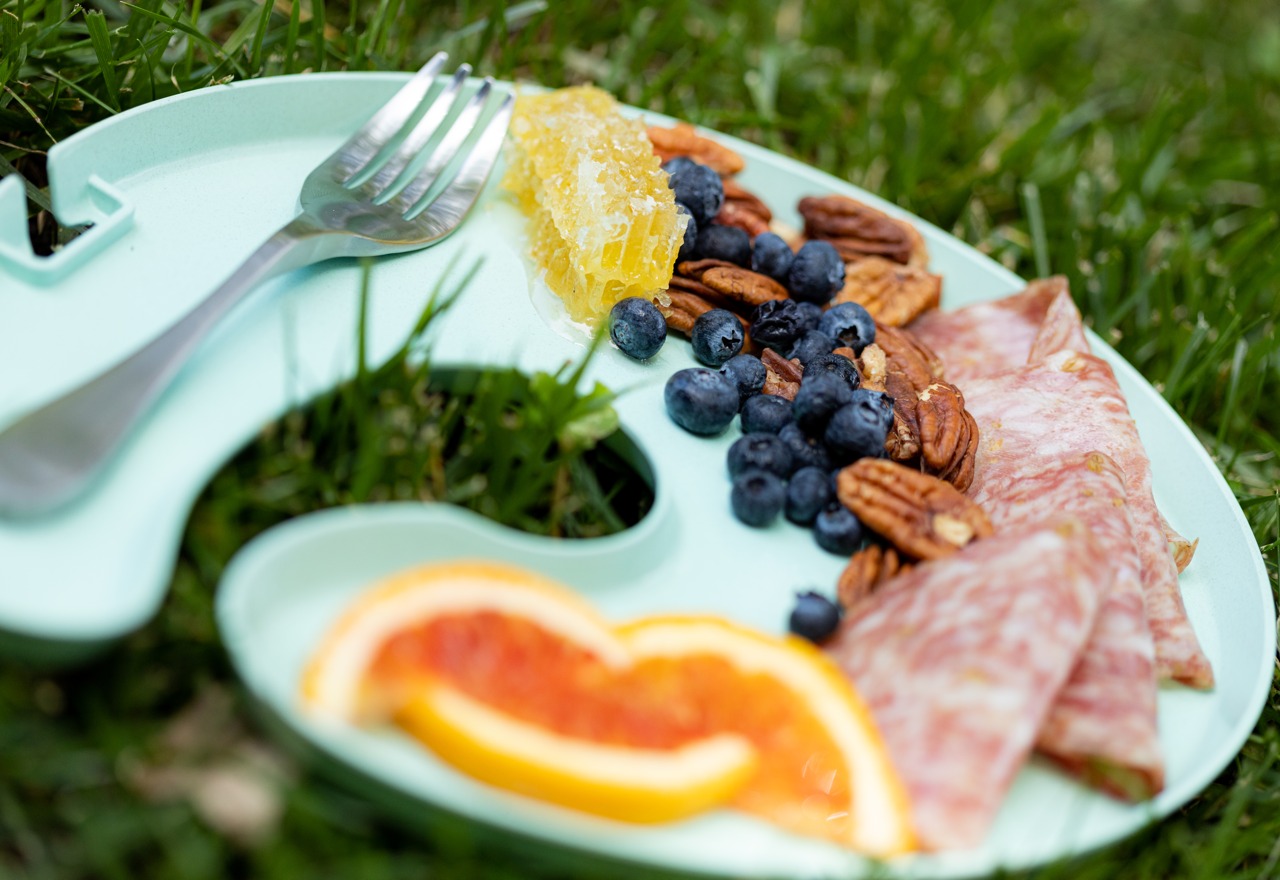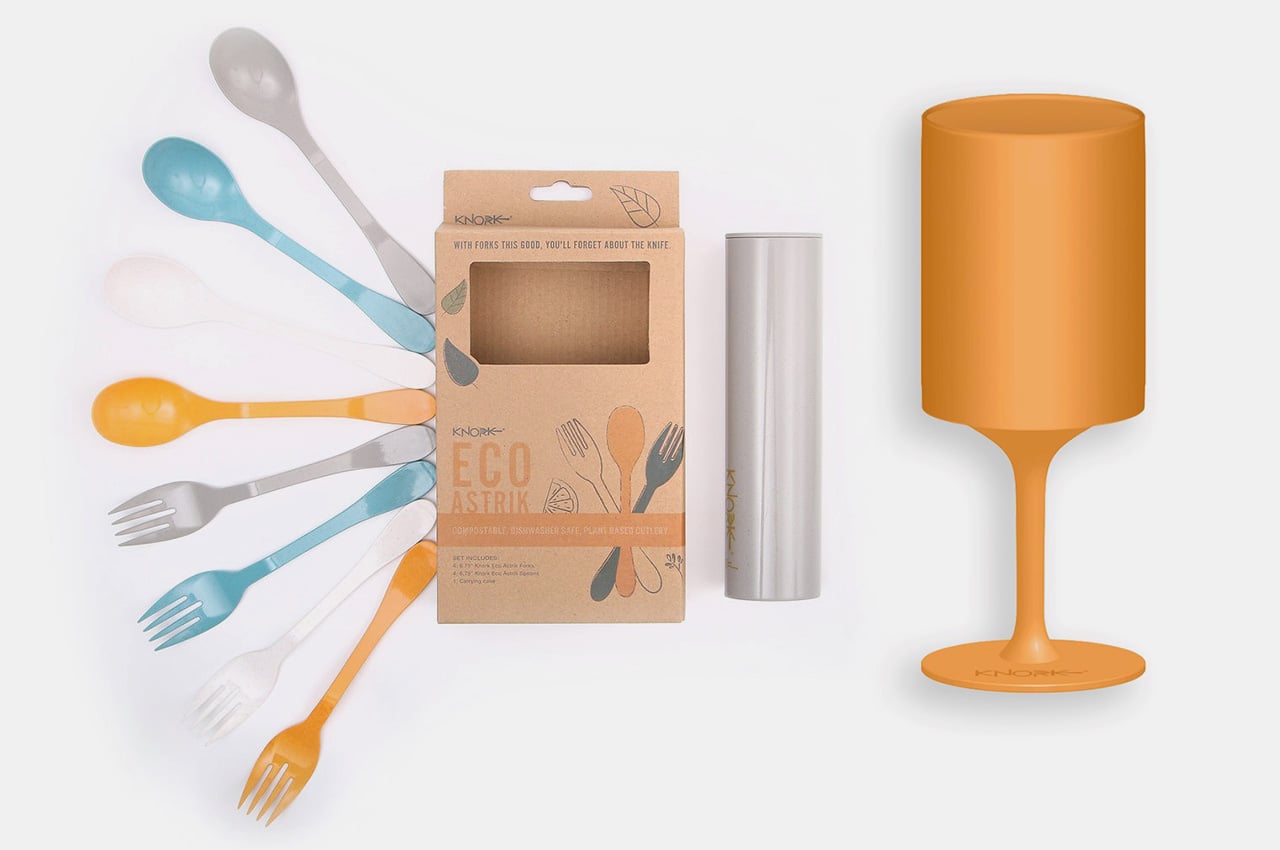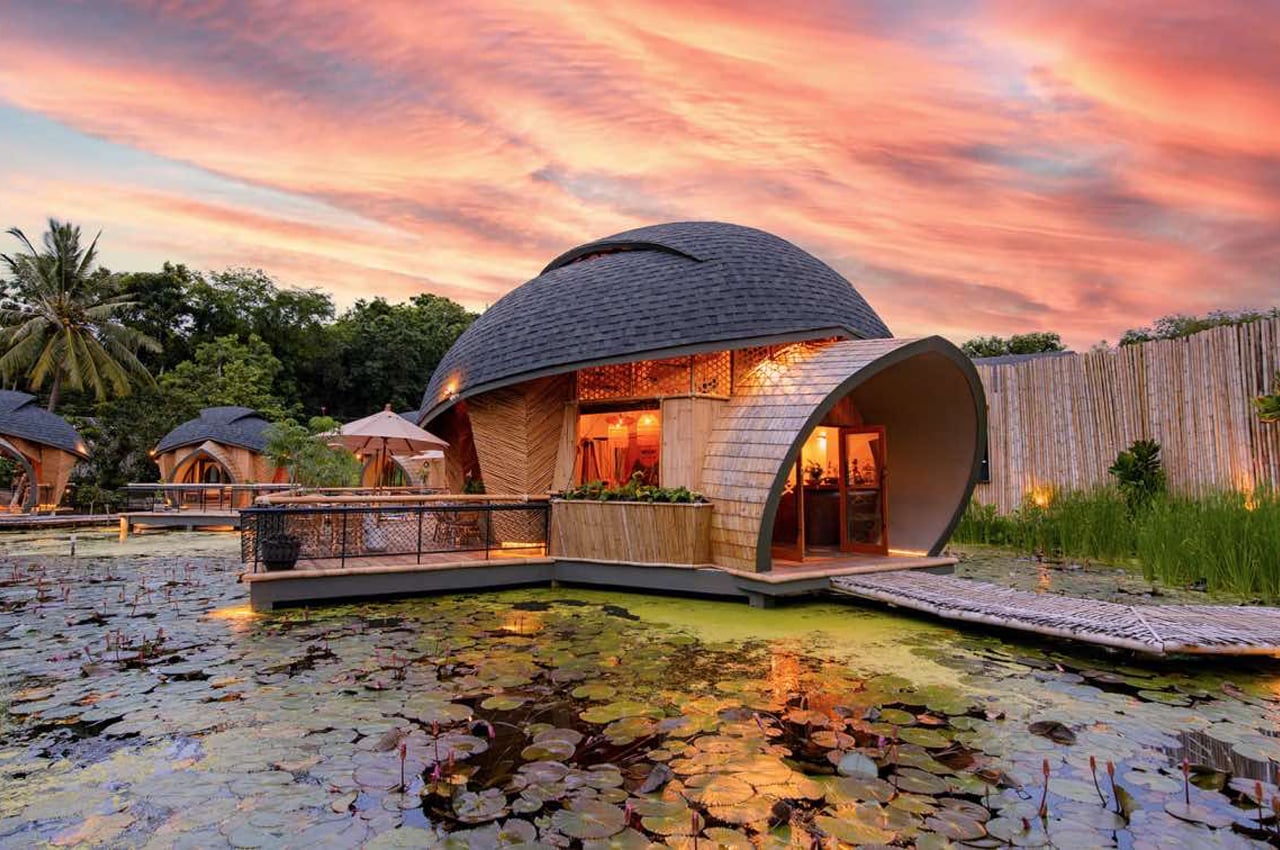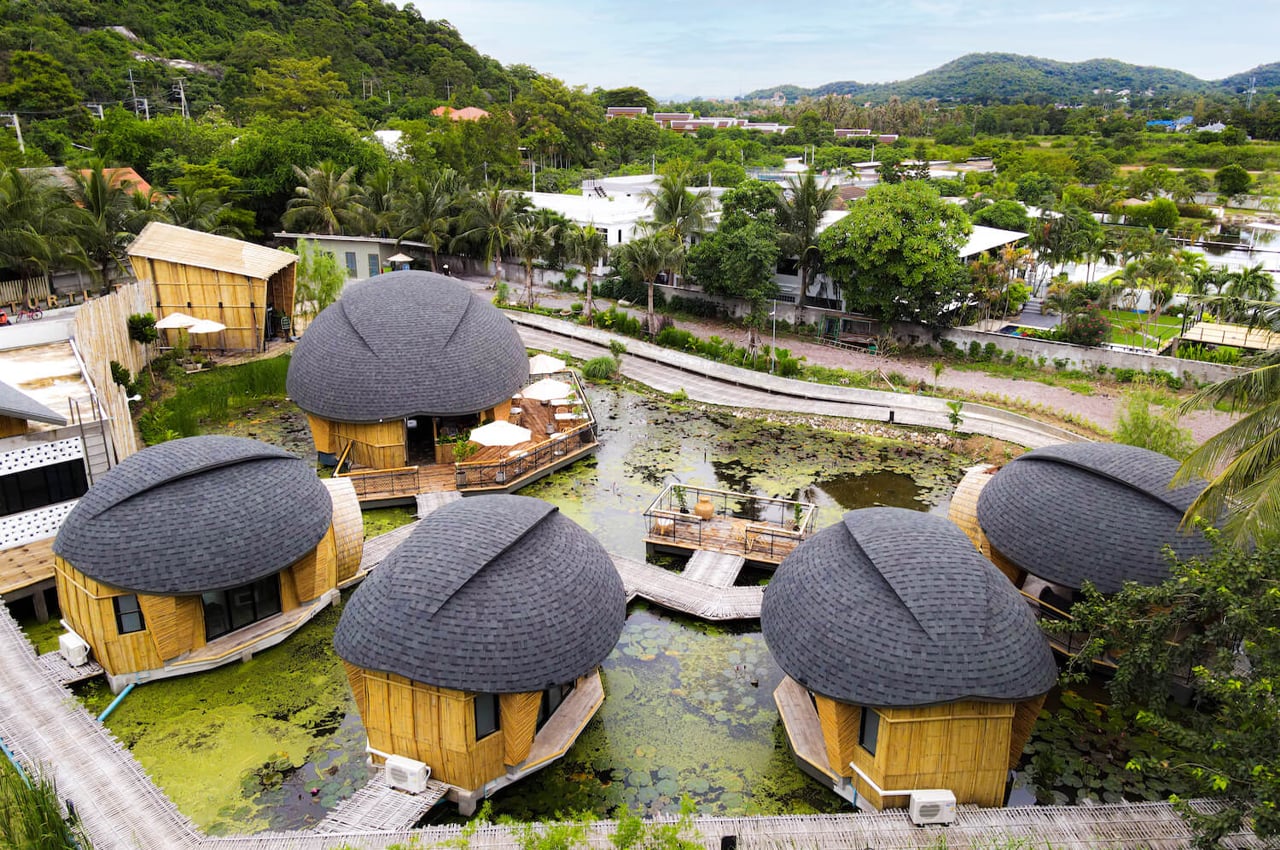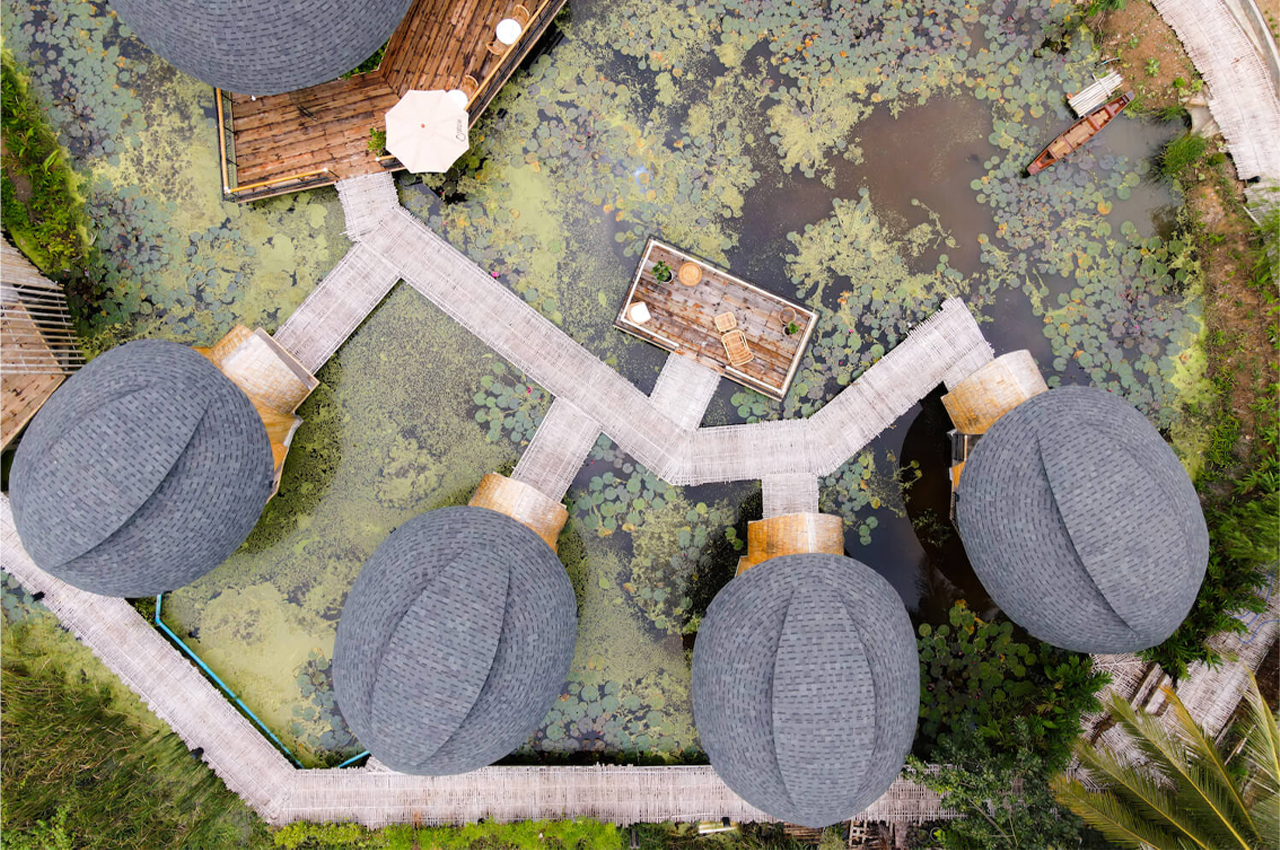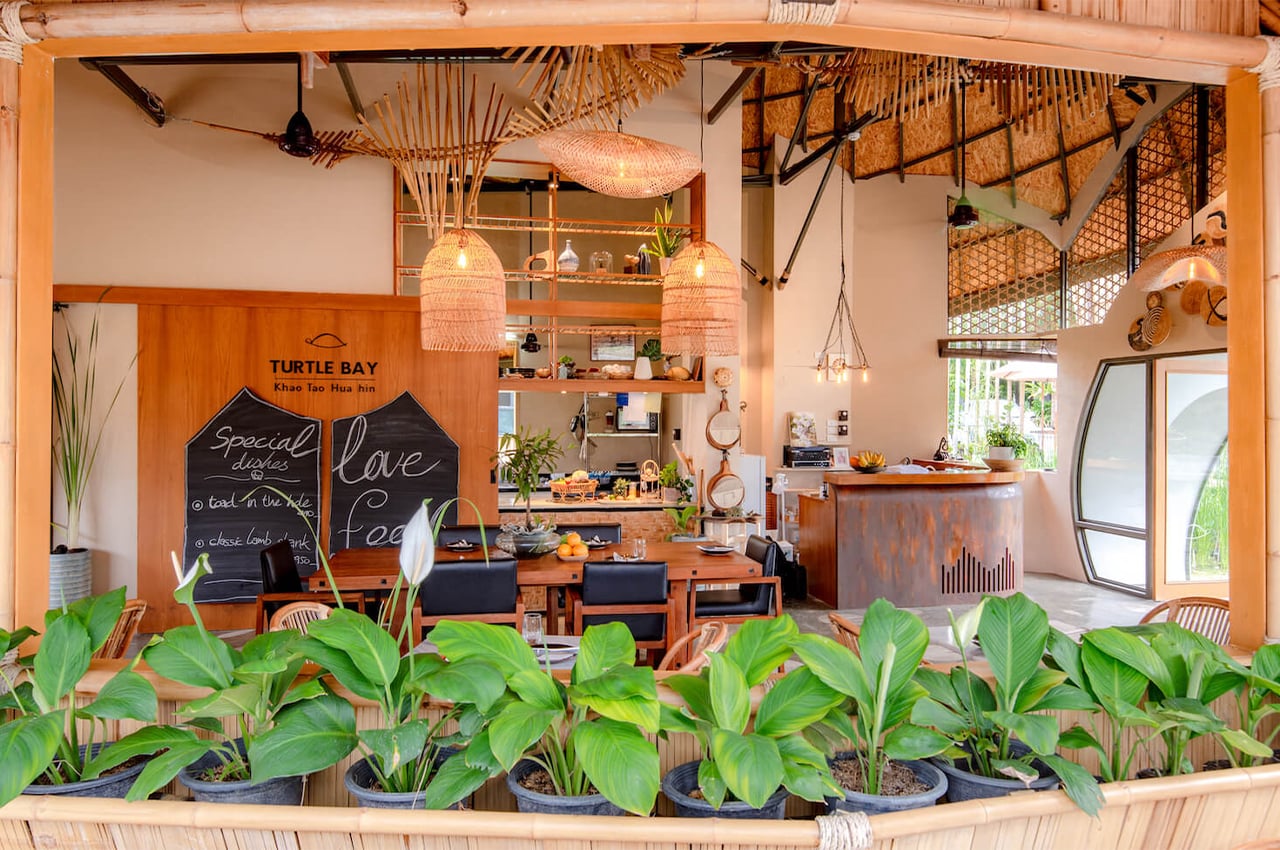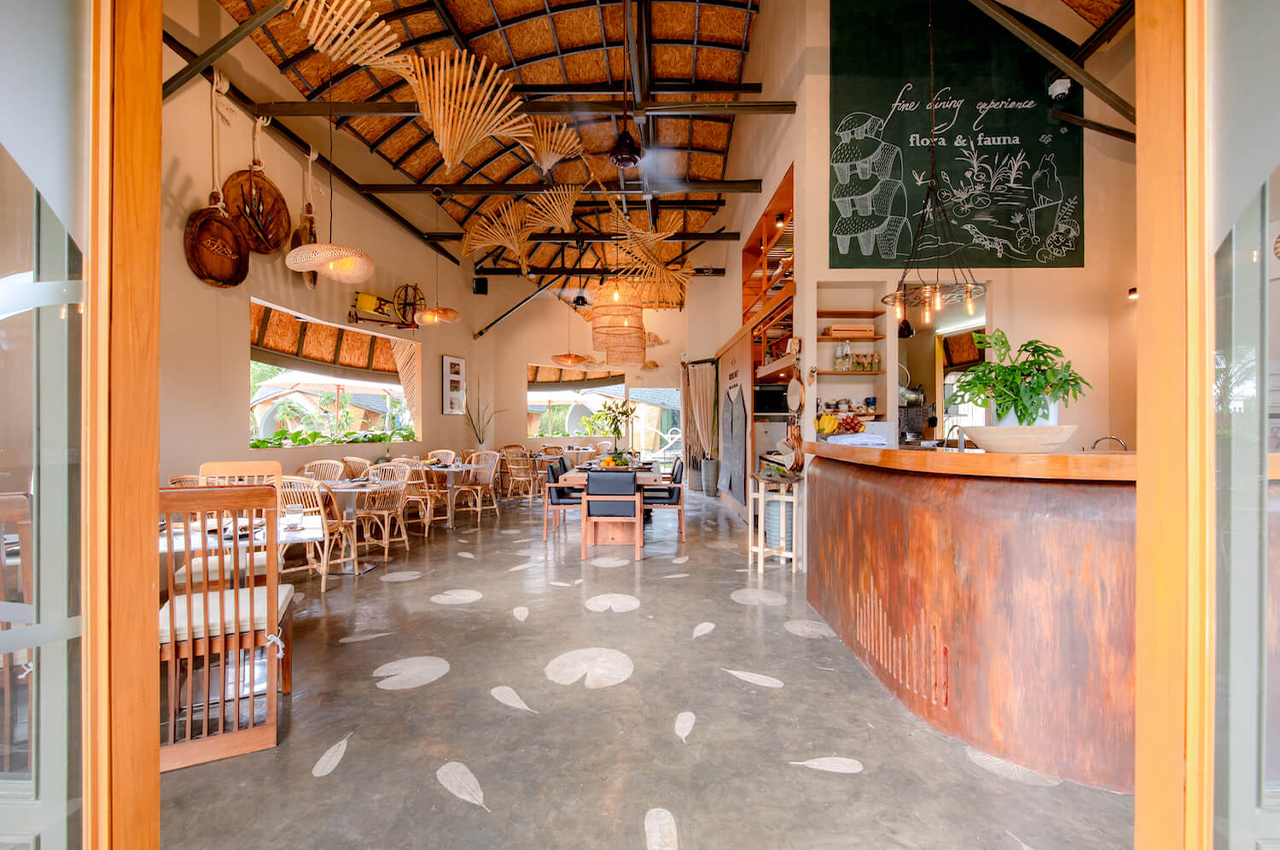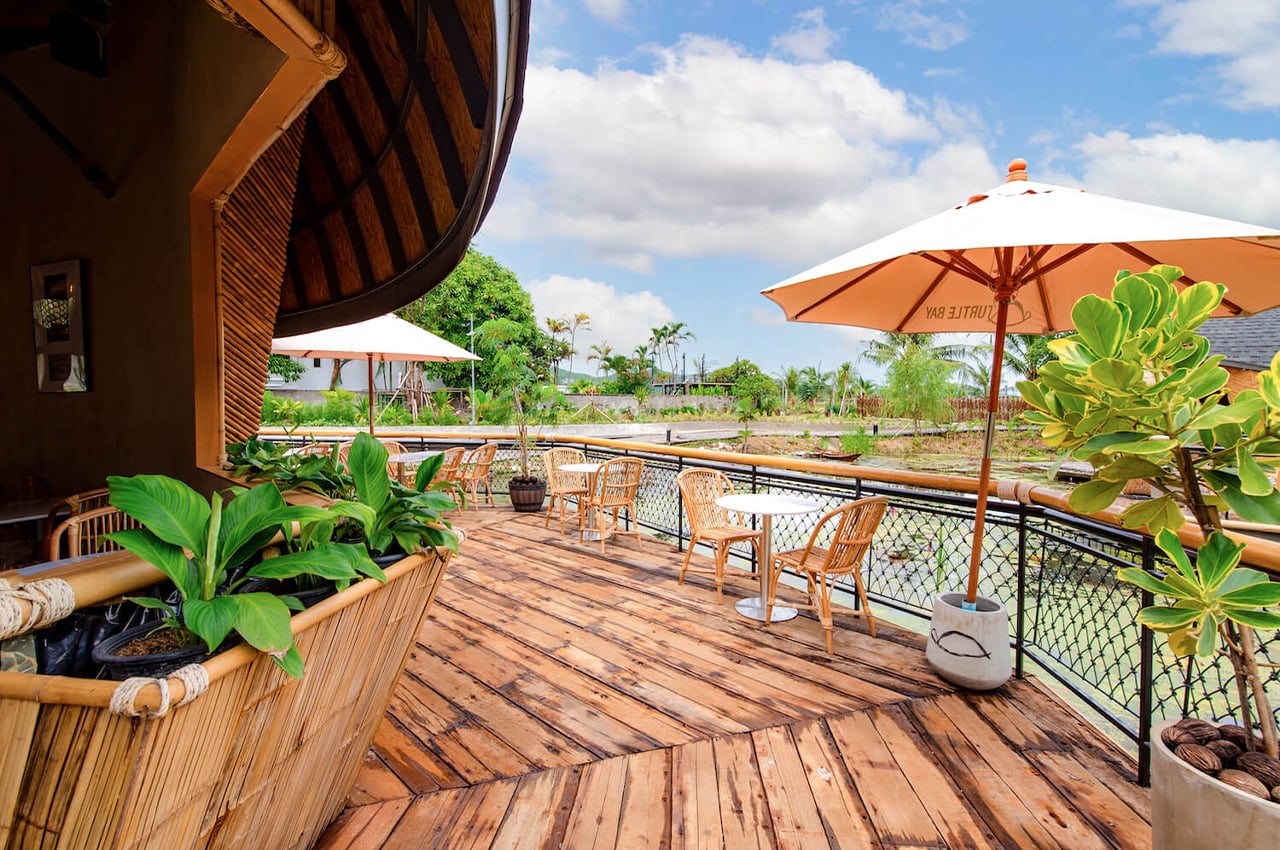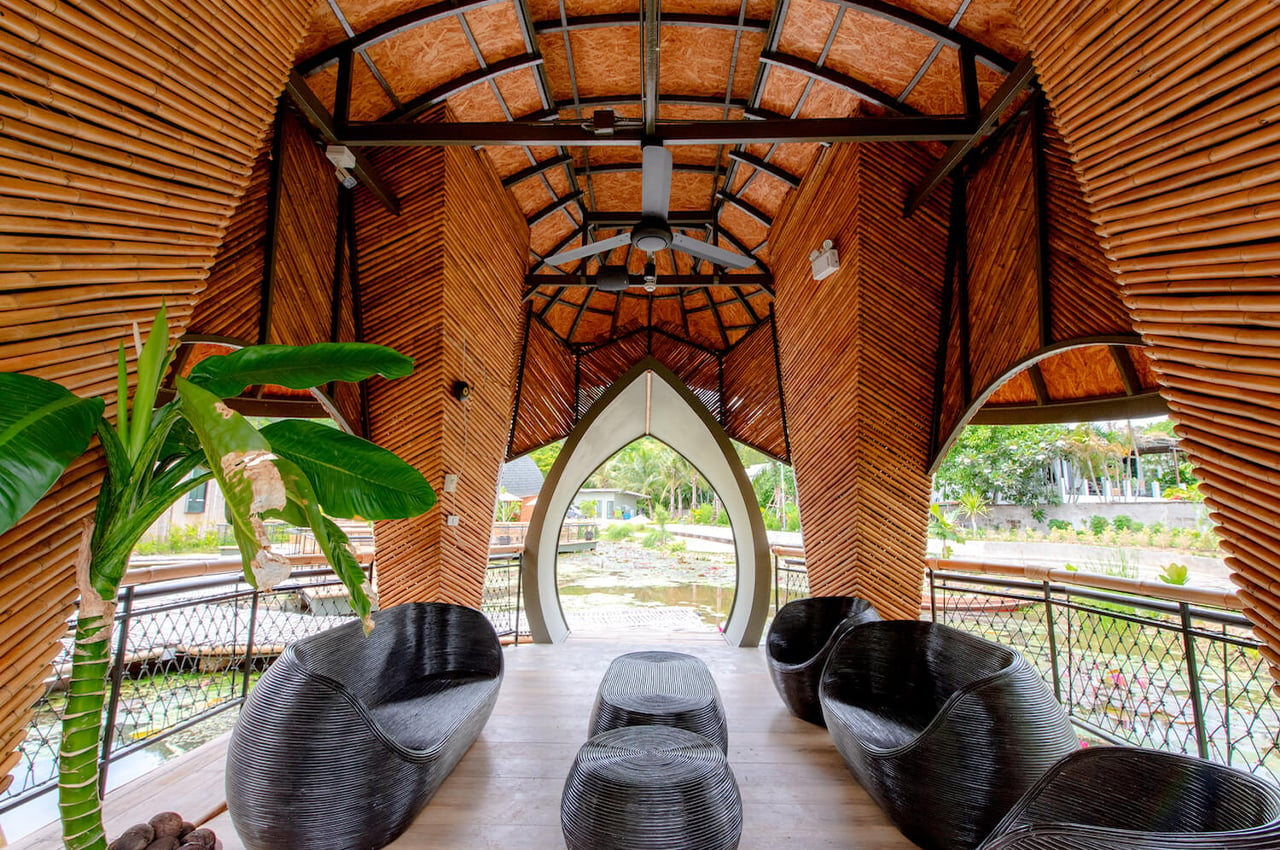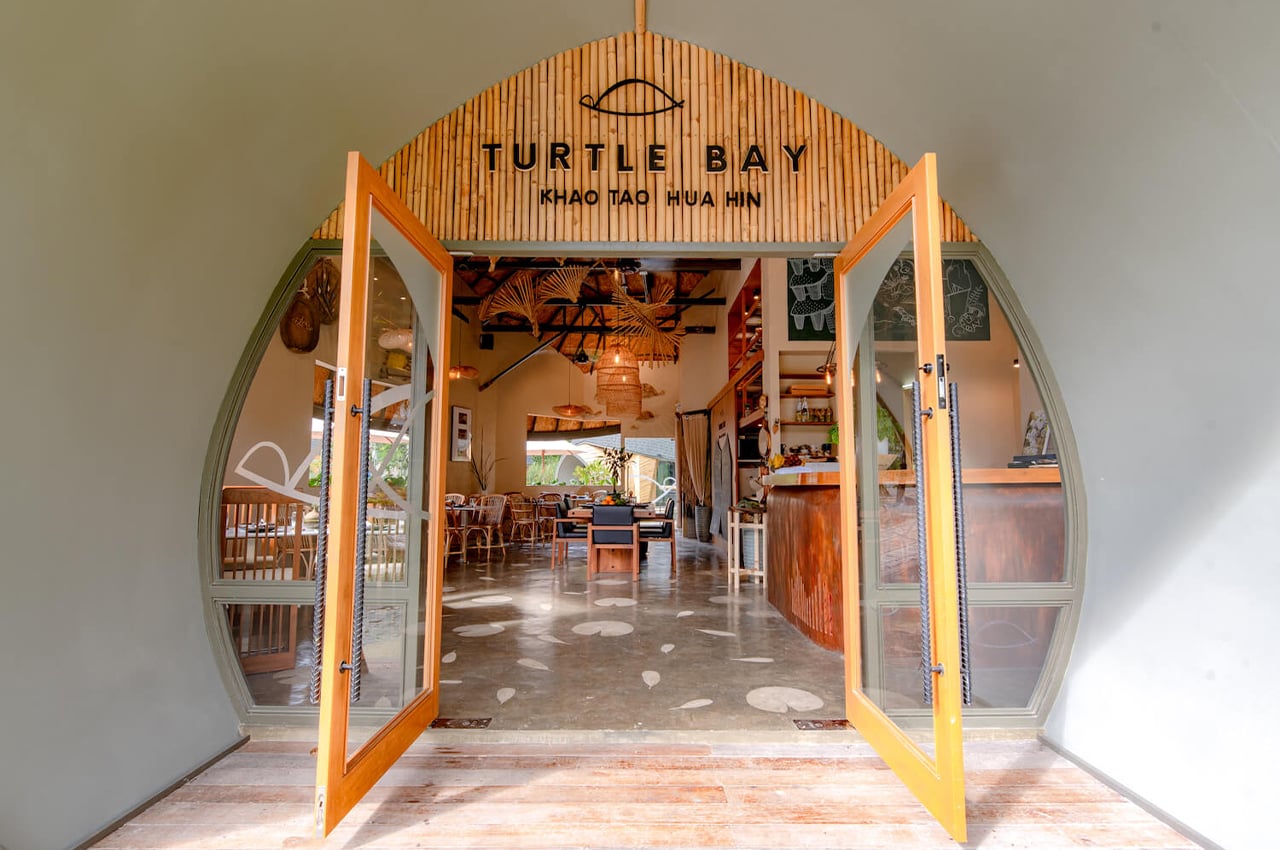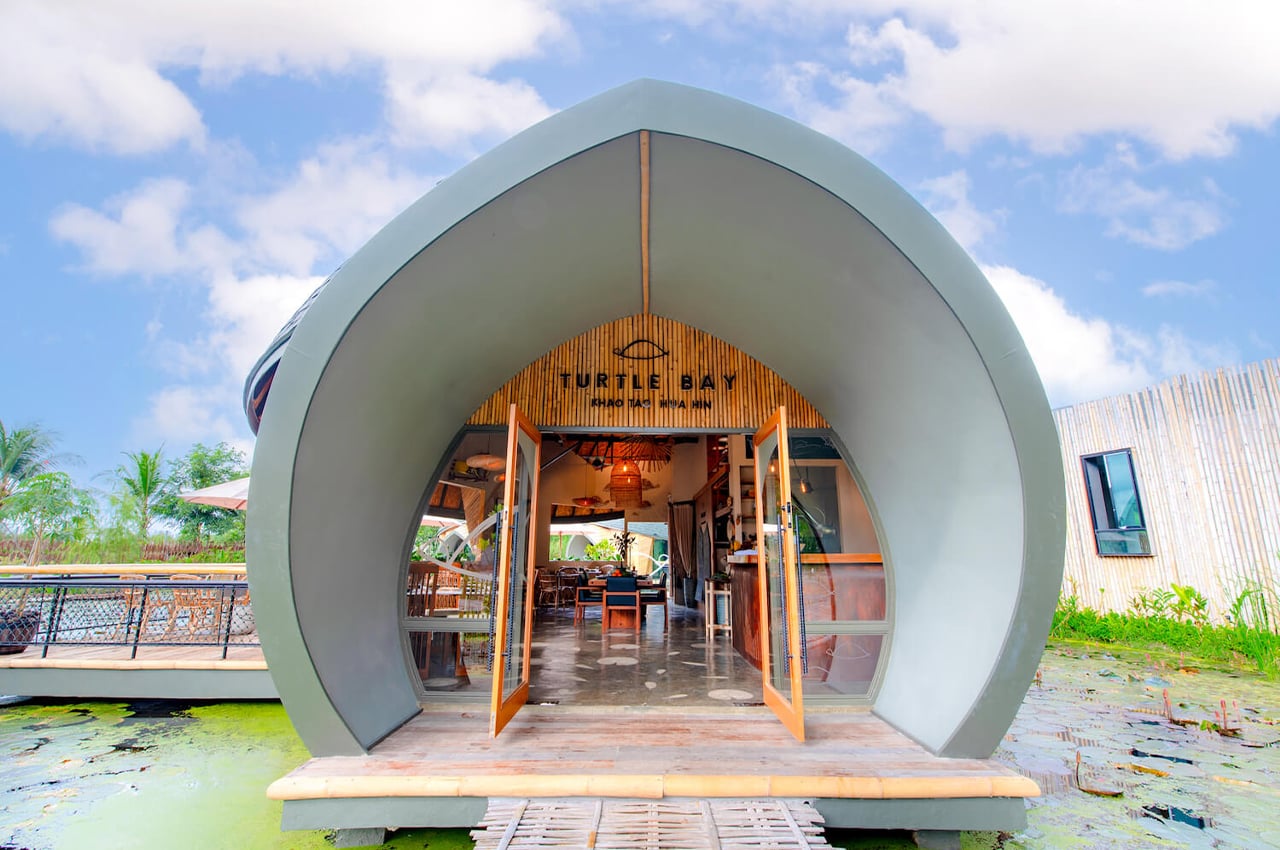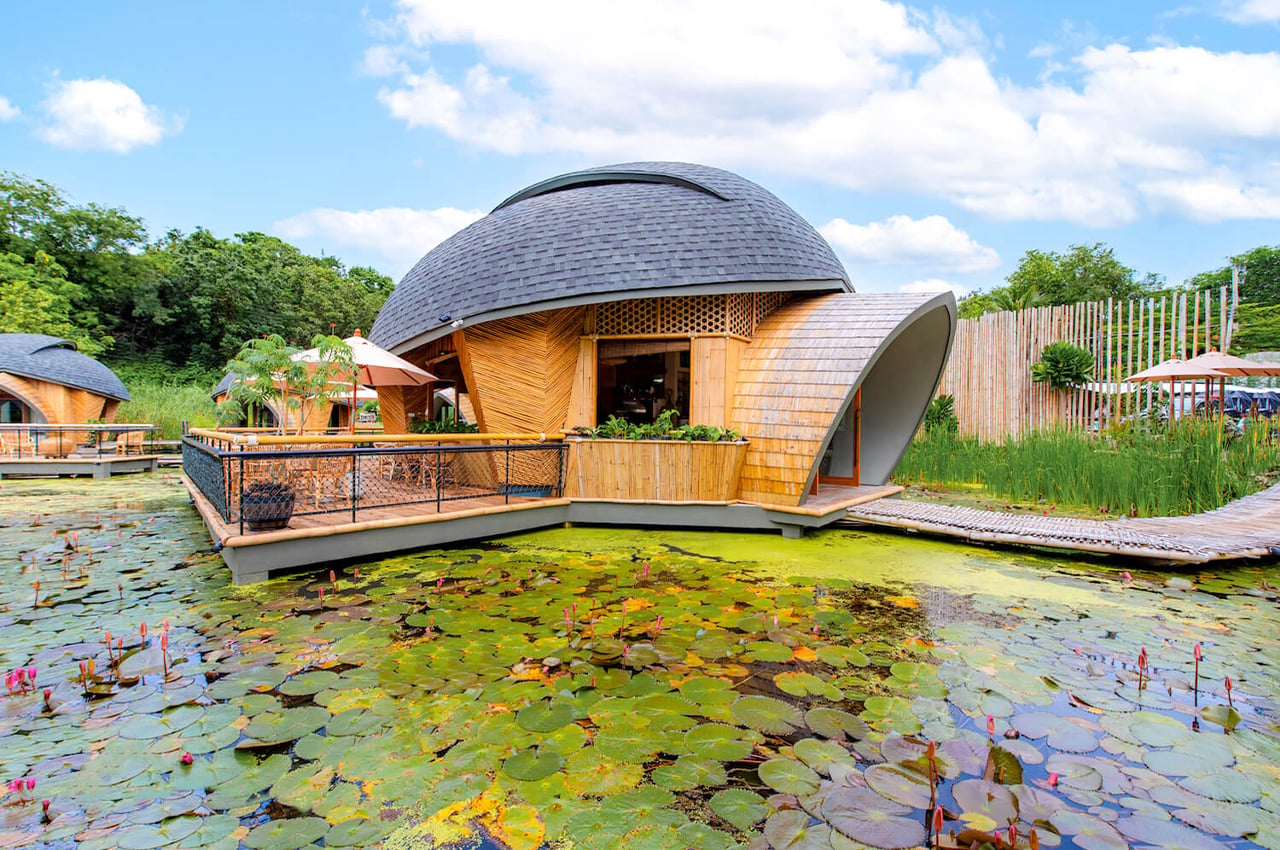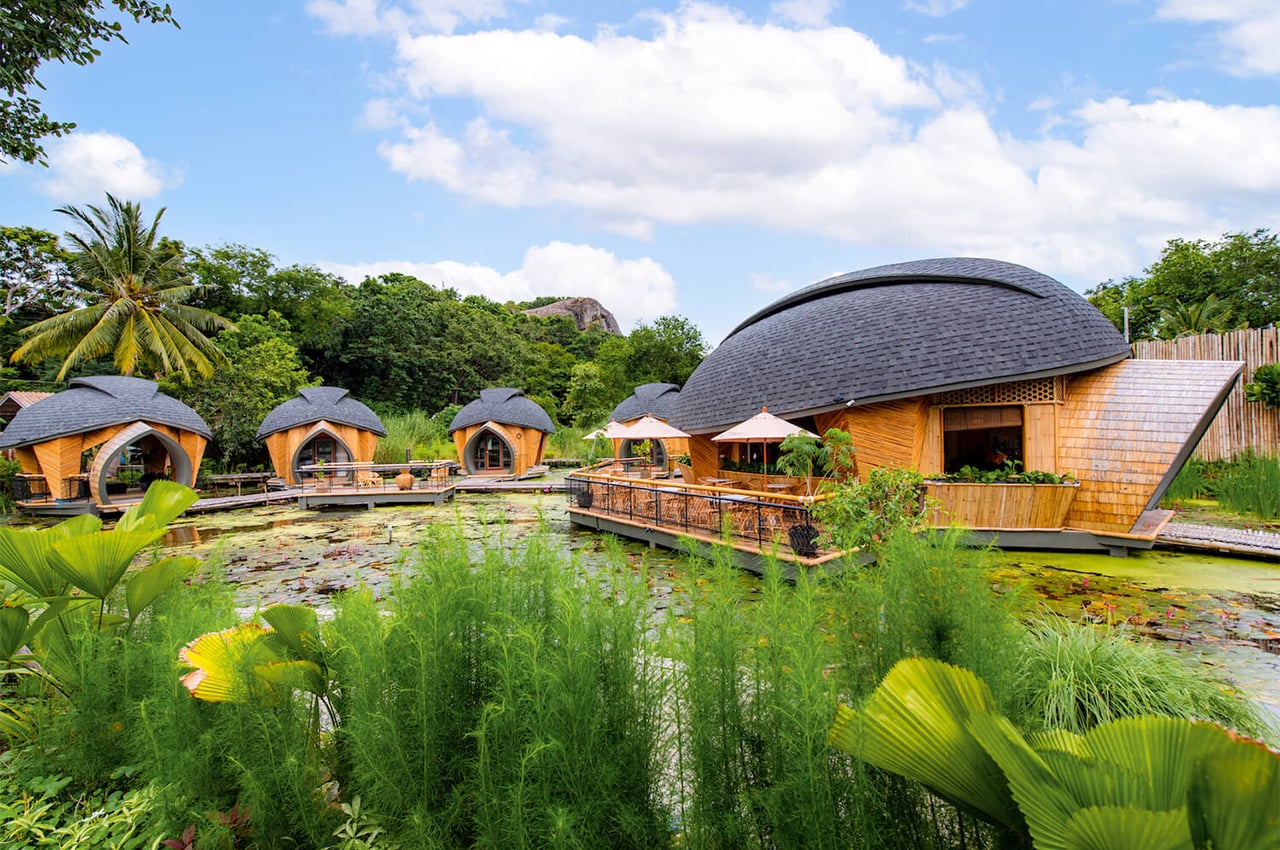
One of the things that can make your space look more elegant, stylish, and beautiful is to have lamps that will complement and enhance the room. There are a lot of well-designed lamps, light fixtures, and chandeliers out there that you can choose from and there’s always room for more. If you’re looking for something a bit more minimalist but still will stand out when you place it in your room, here are a couple of pendant lamps from Claymango.
Designer: Gamini Rawal for Claymango



The Lily Pendant Lamp is of course inspired by the Lily flower and is designed to represent “love, devotion, and purity”. It streamlines the six petals into just three, achieving a minimalist and simple aesthetic. It also has an eco-friendly finish as it uses rattan as its main material. It can stand alone as just one pendant lamp or you can group it together with other lily lamps if you need something bigger. It can be used for both task and area lighting.



The Spiral Pendant Lamp meanwhile is inspired by the rhythmic movements that the fishes make when they’re looking for food in the ocean. Therefore you get some swirls and twisty forms but still with a minimalist aesthetic, using its bamboo weave design to blend with neutral and boho feels. The fixtures that are designed as a pair can serve both as pendant lamps and chandeliers with the light suspended through the cylindrical diffuser.


These pendant lamps are minimalist but also somehow slightly intricate in design. If you have an aesthetic that fits the lily concept or the spiral concept, these would be a pretty nice addition to the room (if ever they will come out of the concept stage) as they are both functional and decorative.


The post Nature-inspired pendant lamps add a minimalist and intricate aesthetic to your space first appeared on Yanko Design.
